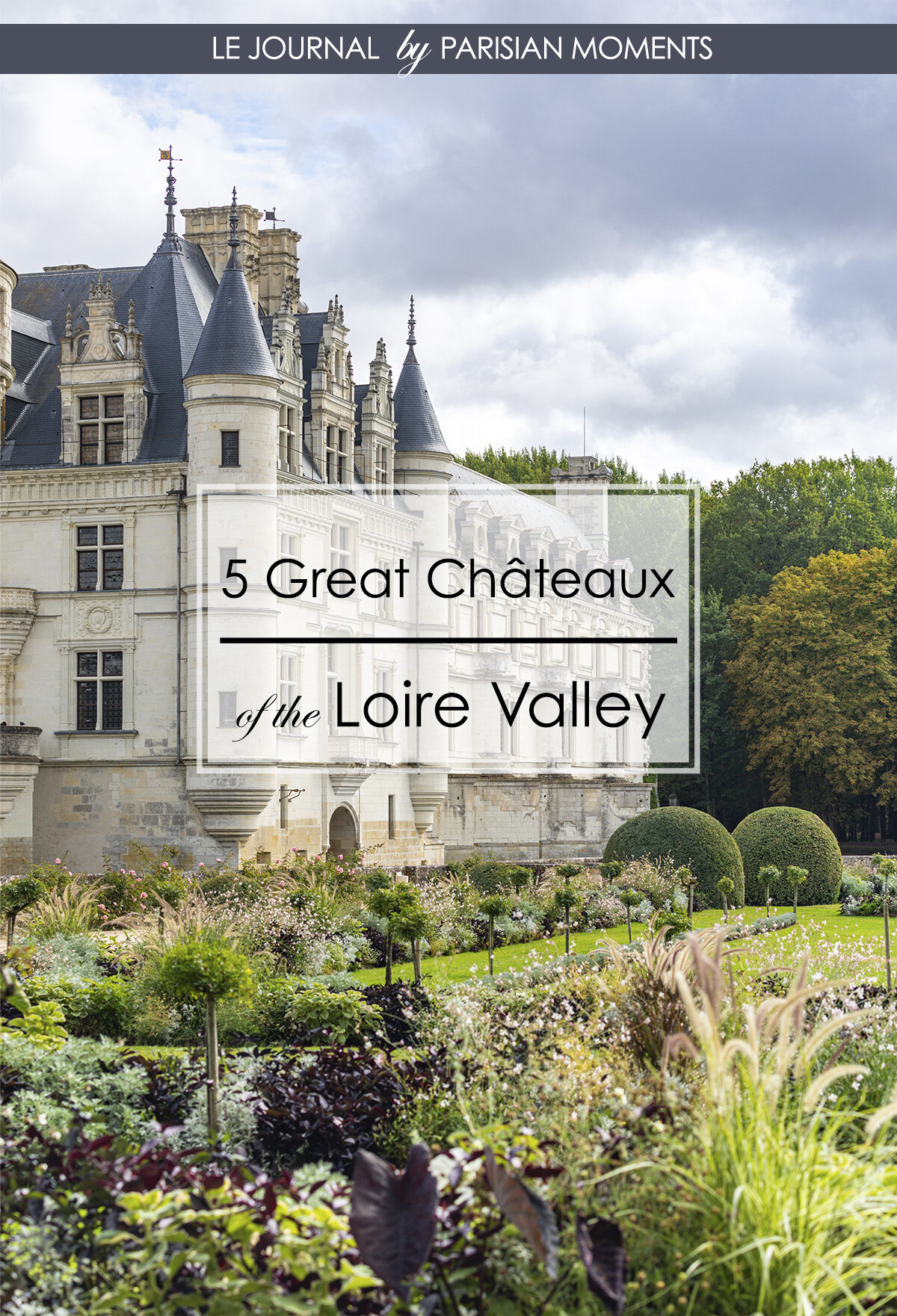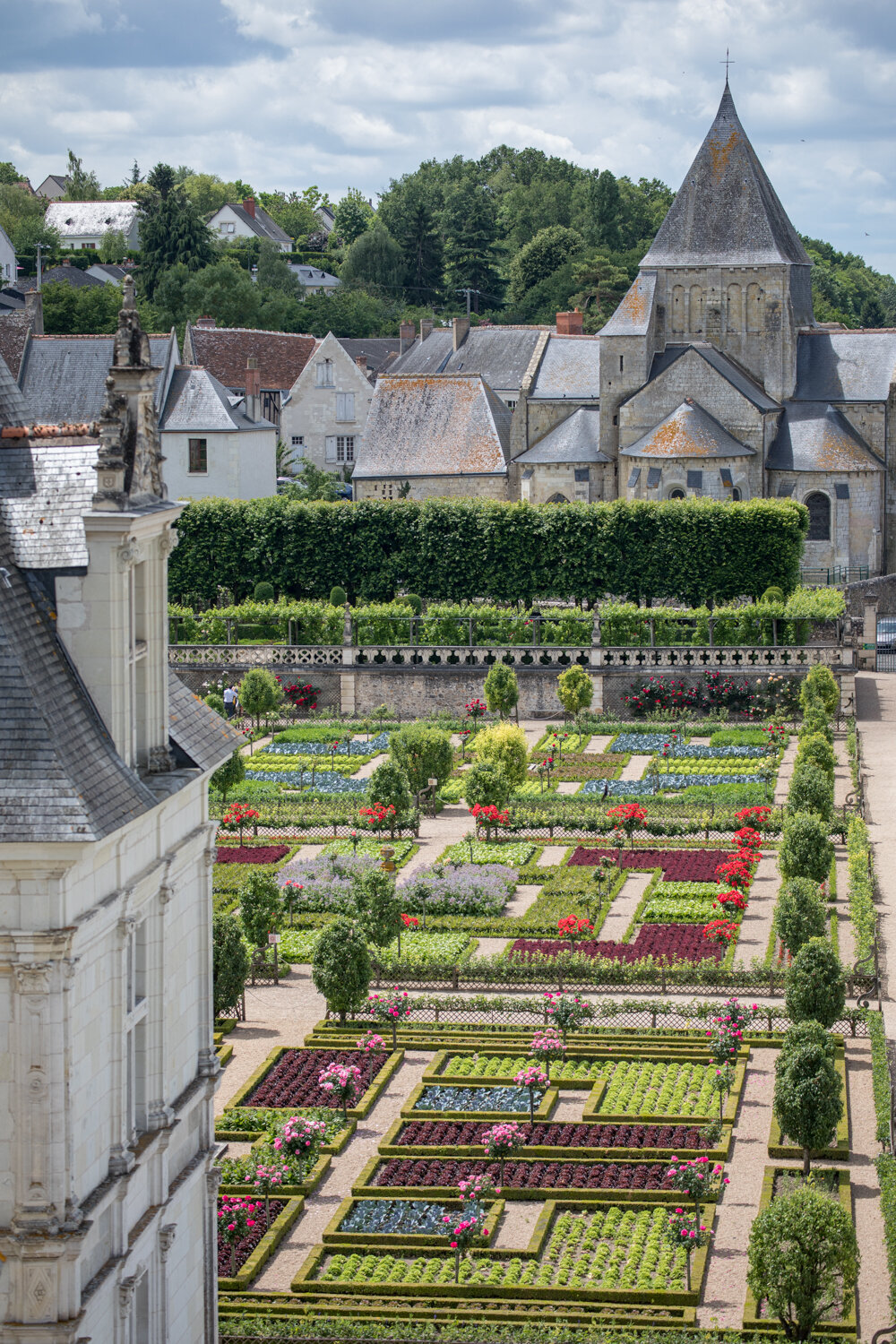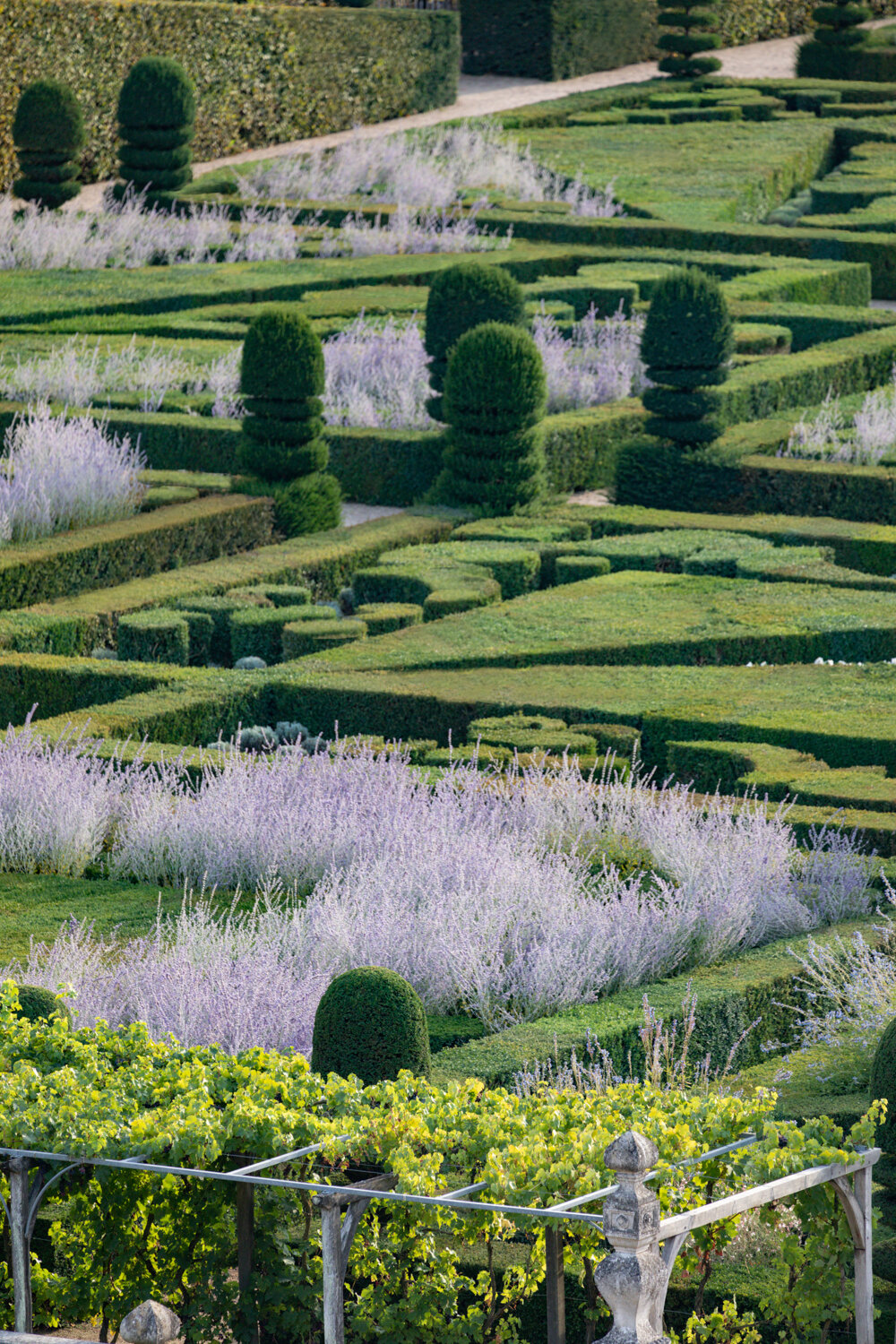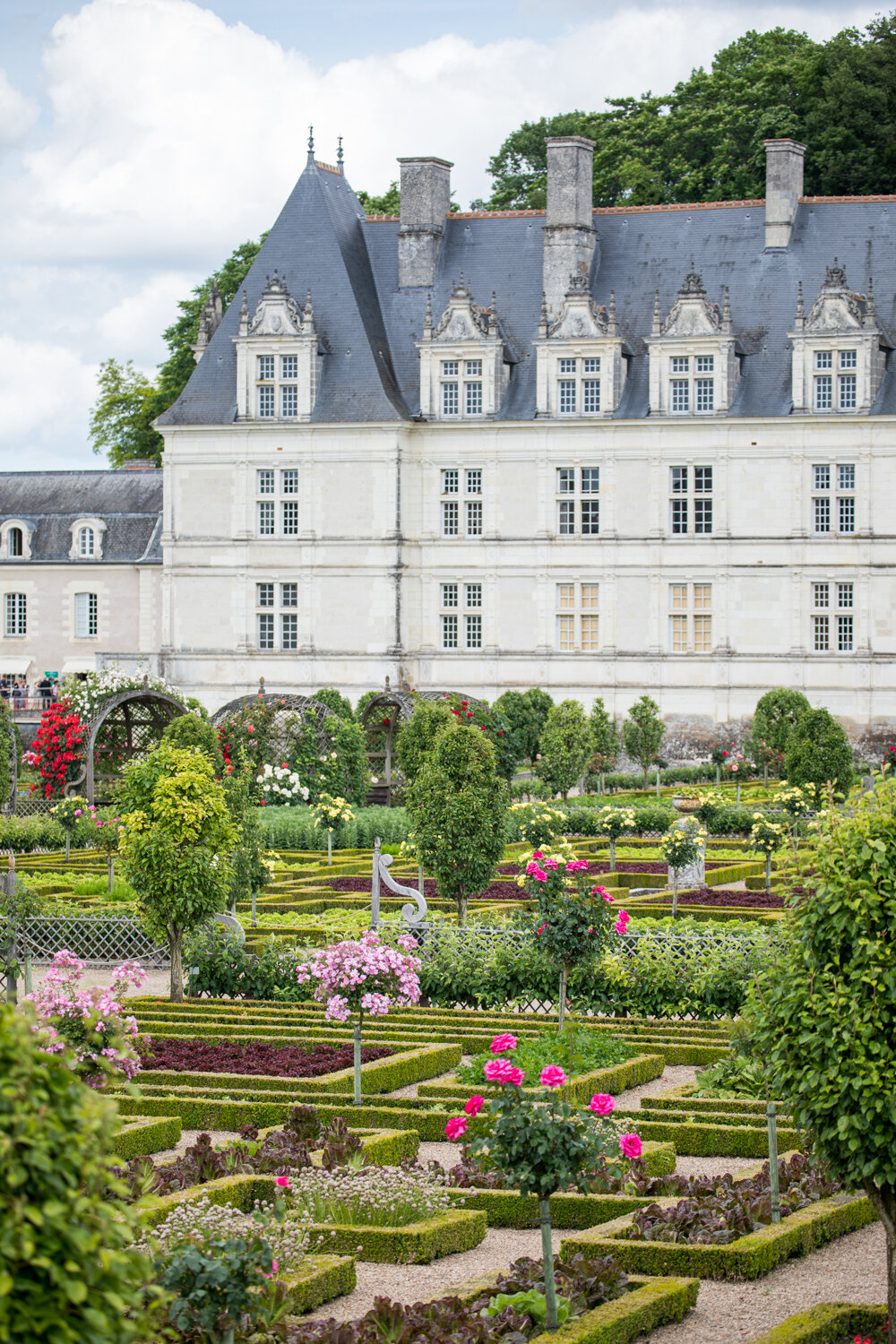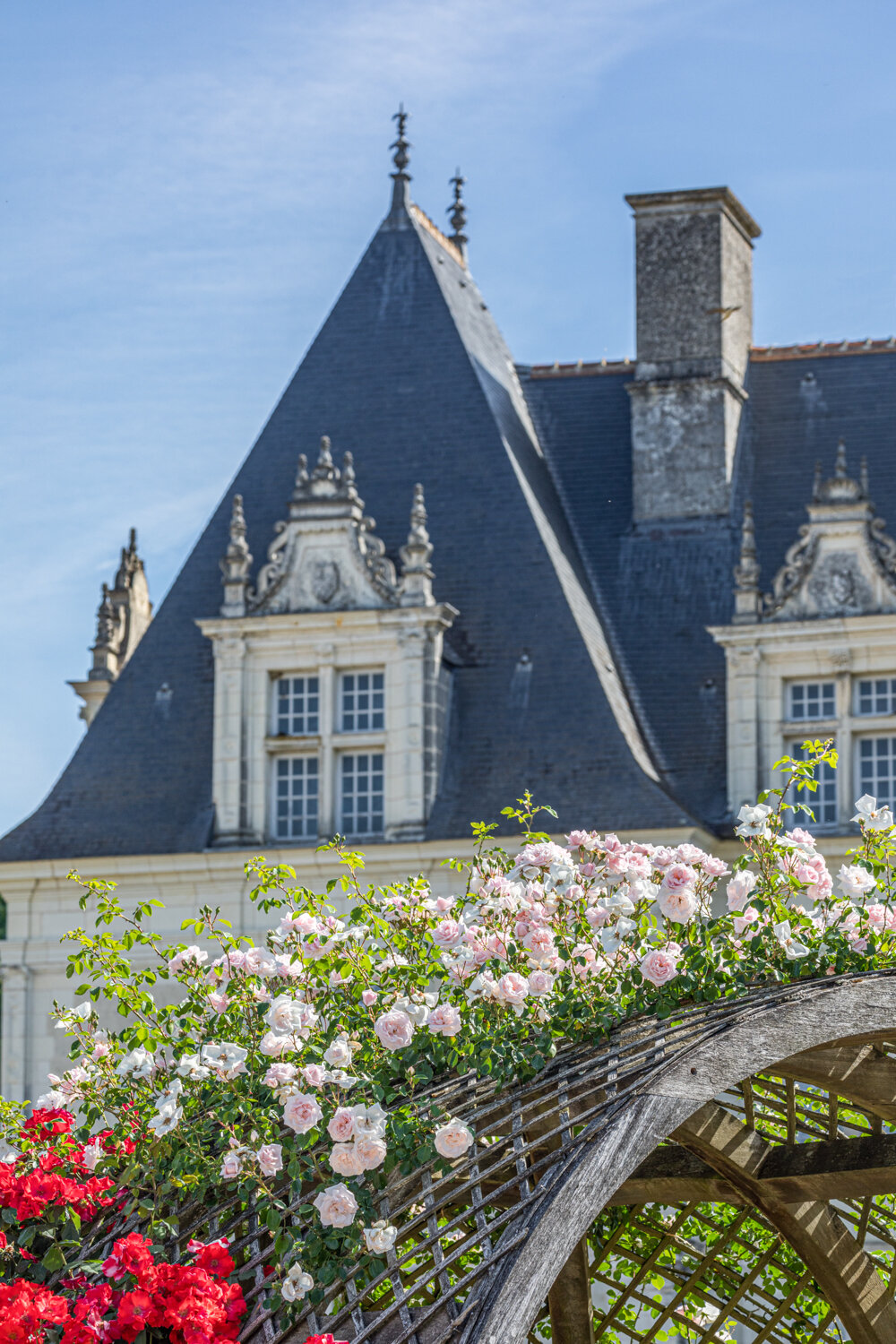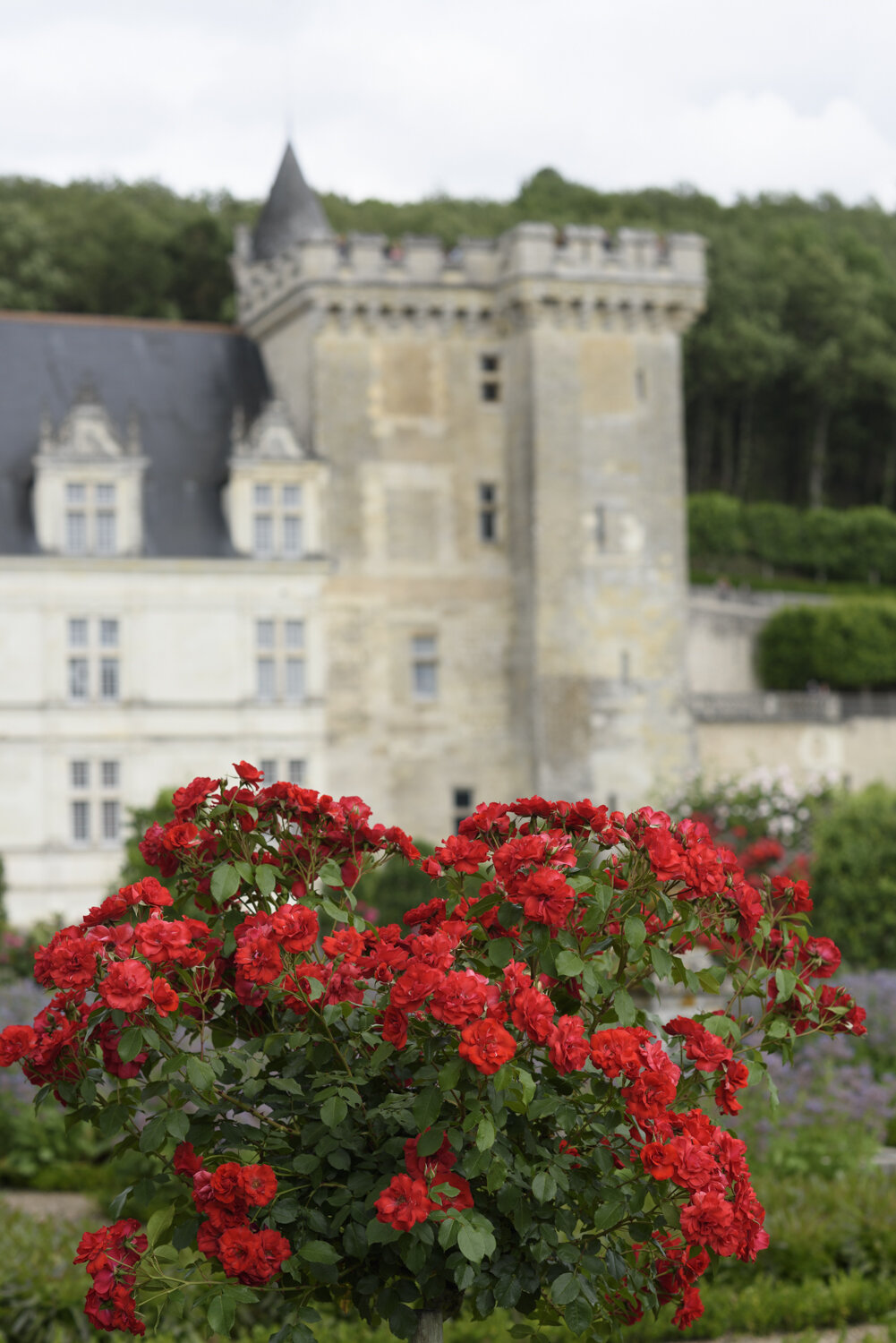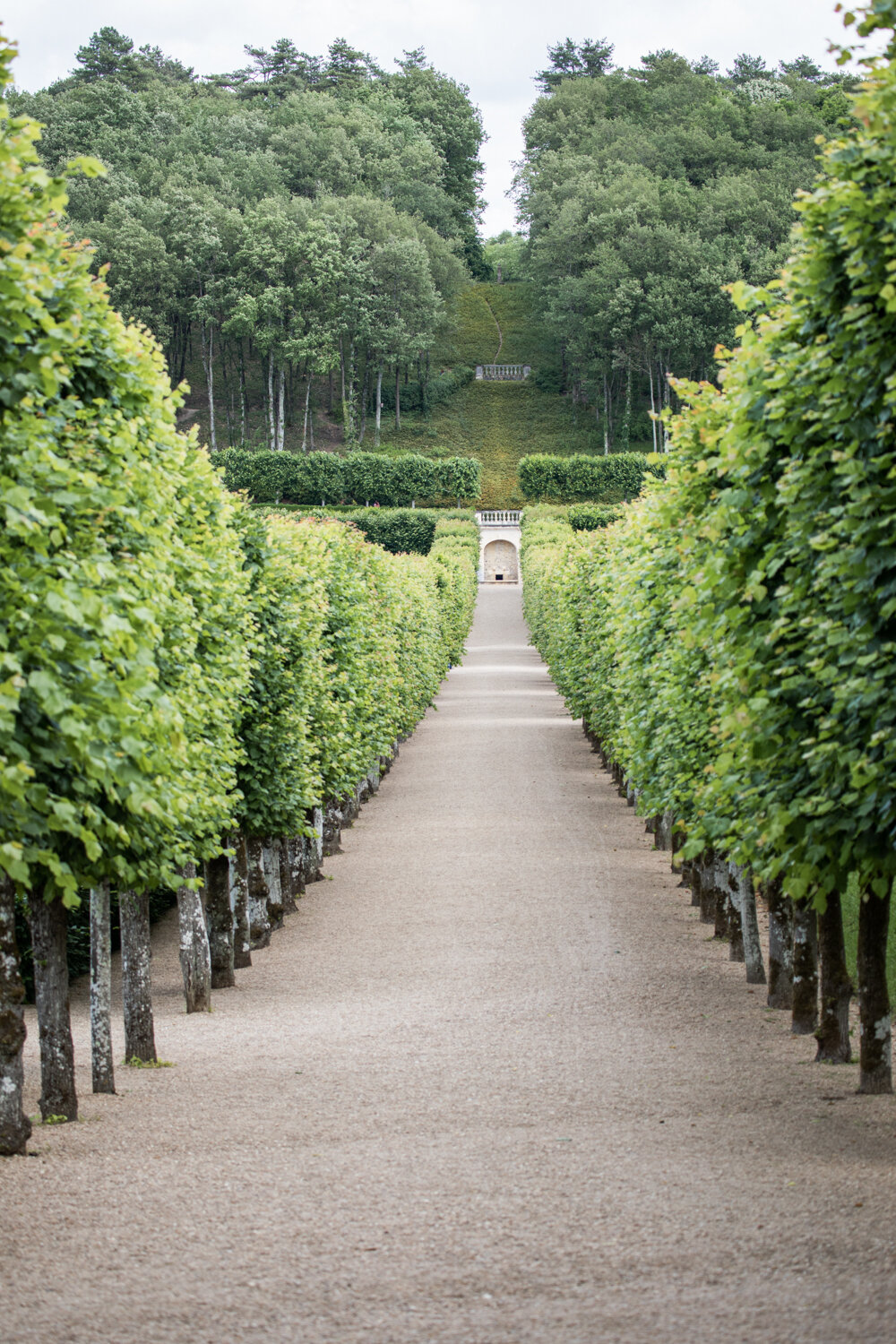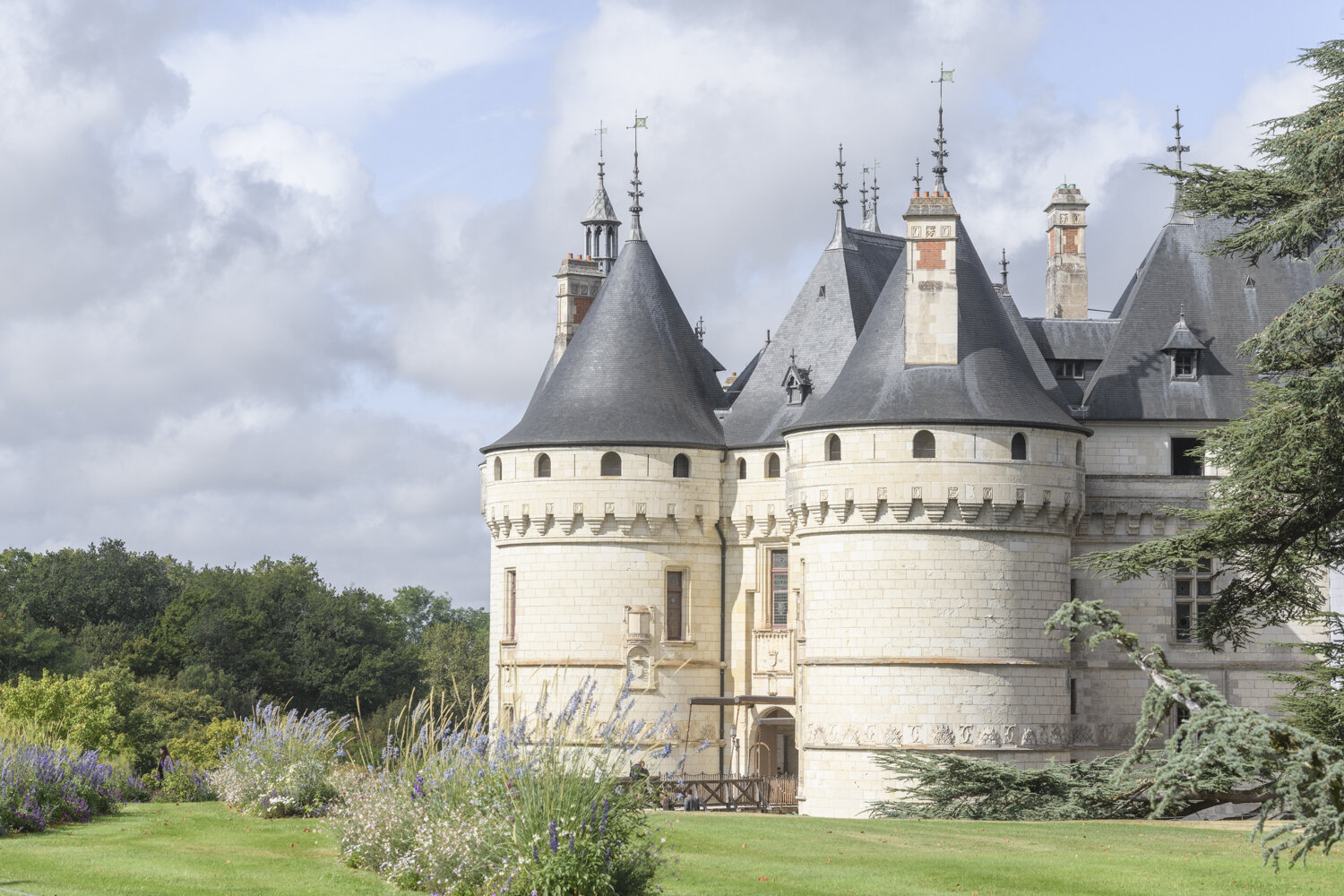We have recently completed a two week, deep immersion in château life in France and wanted to share some of our experiences and photos. We were in fact on a hunt for a château of our own, though we are looking for a more modest version than any of the very famous ones we have featured here. While on our search, we visited some of the great châteaux that are open to the public for visits and tours. Many of the finest examples of these are in the Loire Valley. We have chosen five of our favorites to show you in this blog post. There are many, many more that are equally worth visiting, so this can be considered a sample, not a full list.
Note: the French word “château” is often translated as “castle.” This is a literal but incomplete translation. A château can be a castle, replete with battlements, moats, crenellations and all the necessary features to withstand an attack or a siege; but a château is also a large country house or manor. In fact France has many more châteaux in this latter category than it has actual castles. That being clarified, the châteaux we share with you in this blog post are all of the fortified castle variety. And as with all the major châteaux of the Loire Valley, the five listed here are designated UNESCO World Heritage Sites.
1
CHATEAU AND GARDENS OF VILLANDRY
If we had to choose our one favorite château and gardens, it would probably be Villandry, mainly for its wonderful, extensive, thoughtfully laid out and very varied gardens which are a photographer’s dream.
The original castle was built in the 14th century. It passed through various hands, including those of Napoleon Bonaparte who gave it to his brother Jerôme. Then in 1906, it was purchased by Joachim Carvallo, a Spanish doctor and medical researcher, and his wife Ann Coleman, an heiress. Together they poured enormous amounts of time and money into rebuilding the château and creating the beautiful gardens for which it is famous today. These include a water garden, ornamental flower gardens characterized by a large number of wonderful rose trees, topiary, extensive vegetable gardens which are also decorative, lawns, vineyards and so many other features that it is easy to spend an entire day simply exploring the grounds.
The château remained in the family and today is owned by Henri Carvallo, who continues the family tradition of maintaining the beautiful buildings and grounds which remain open to the public.
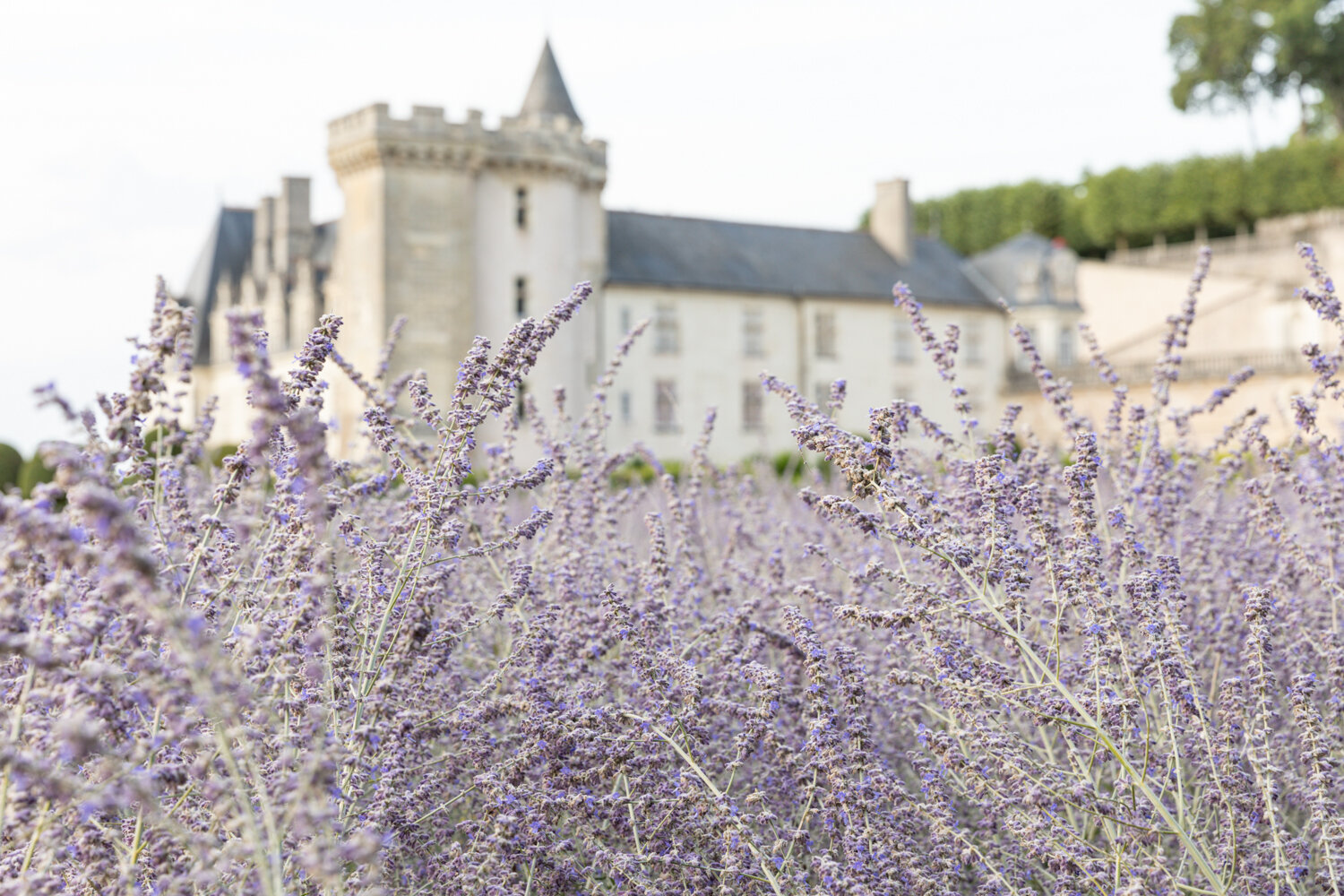

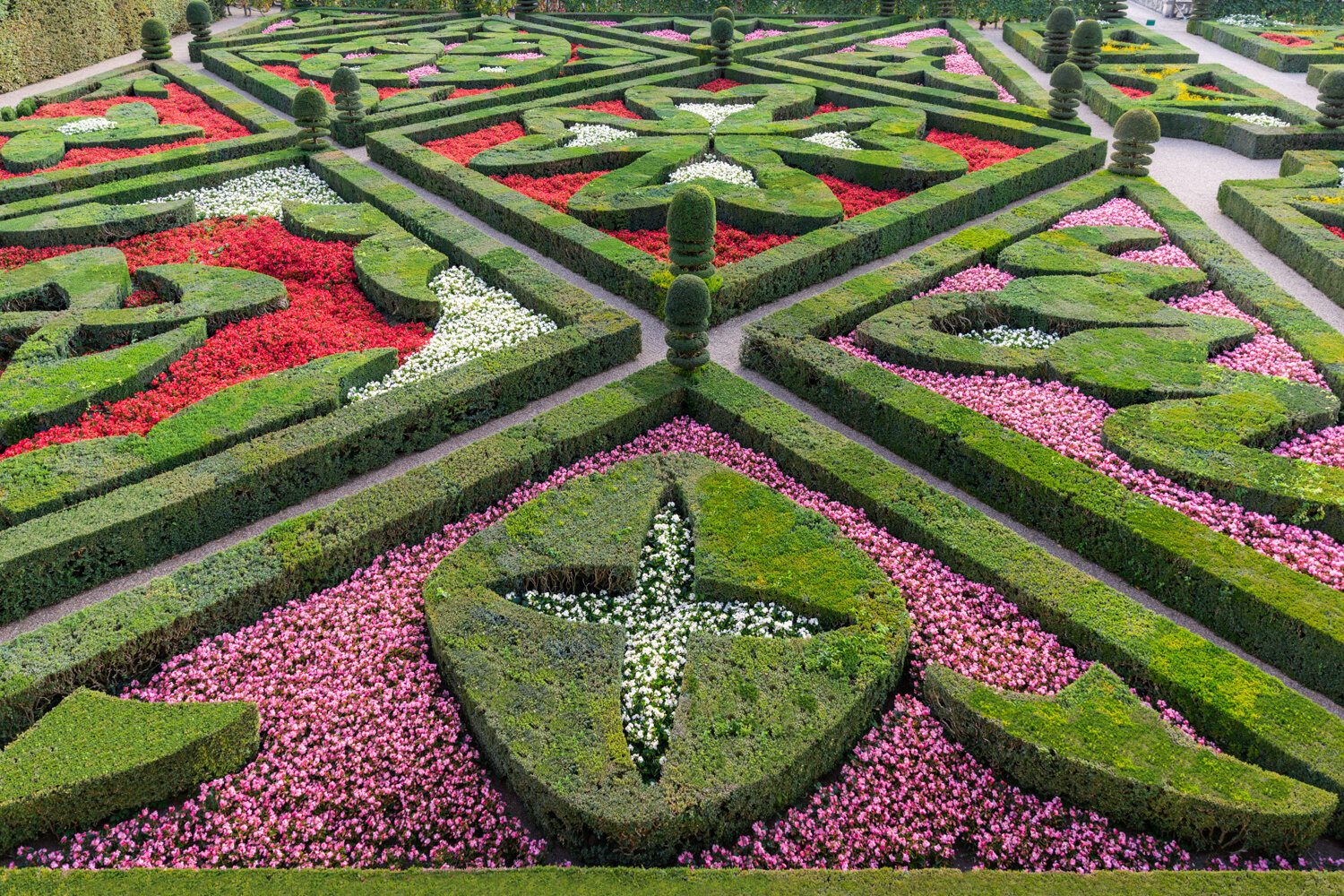
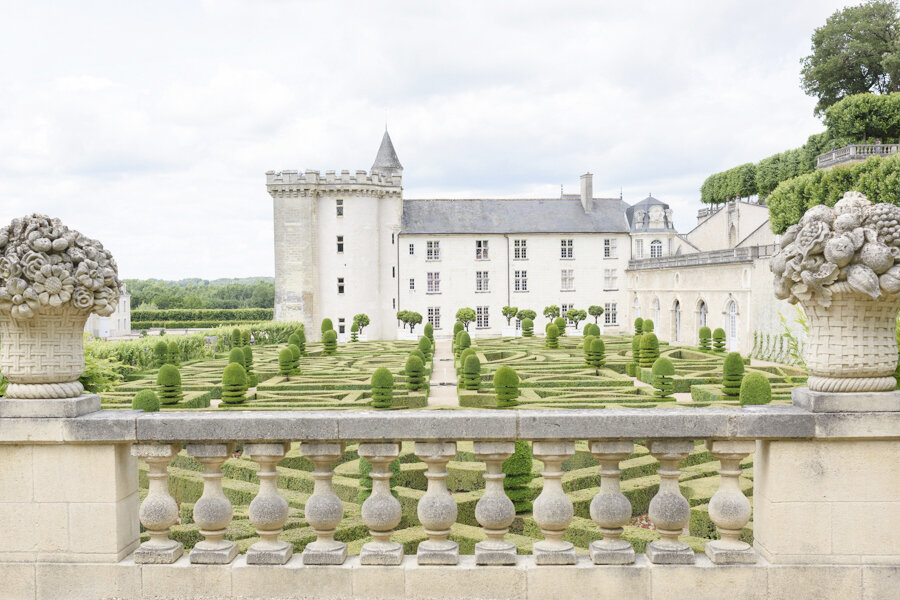
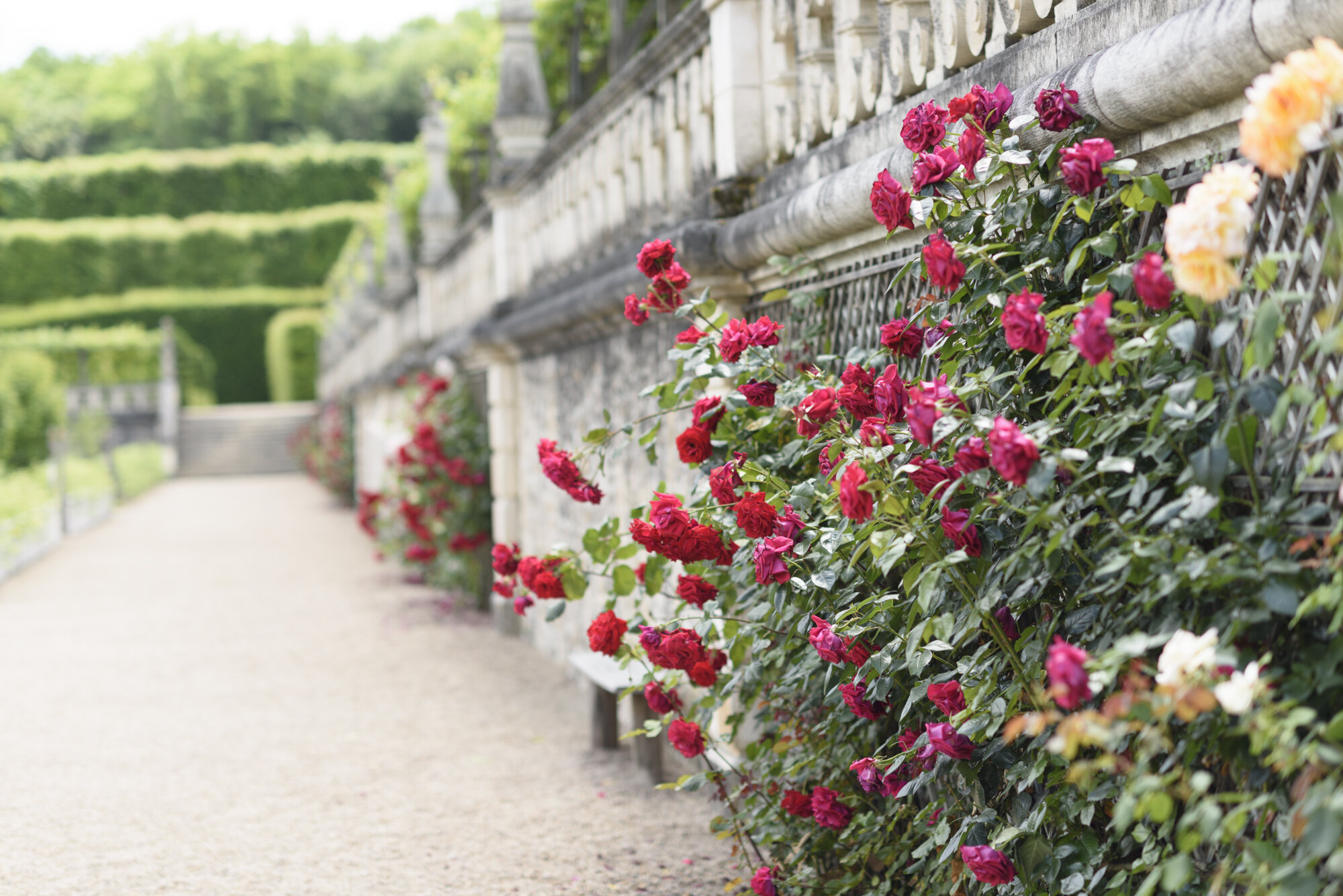
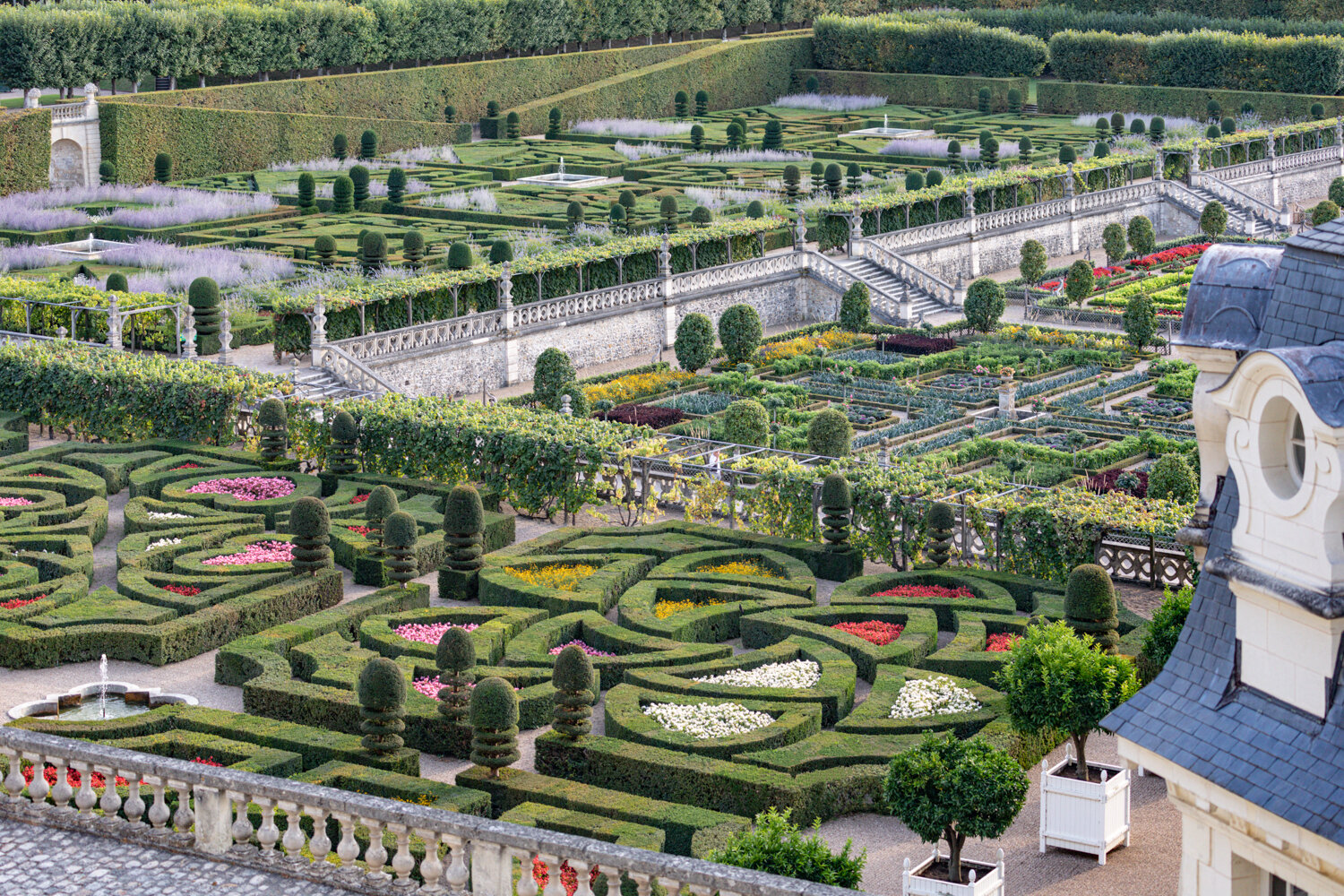
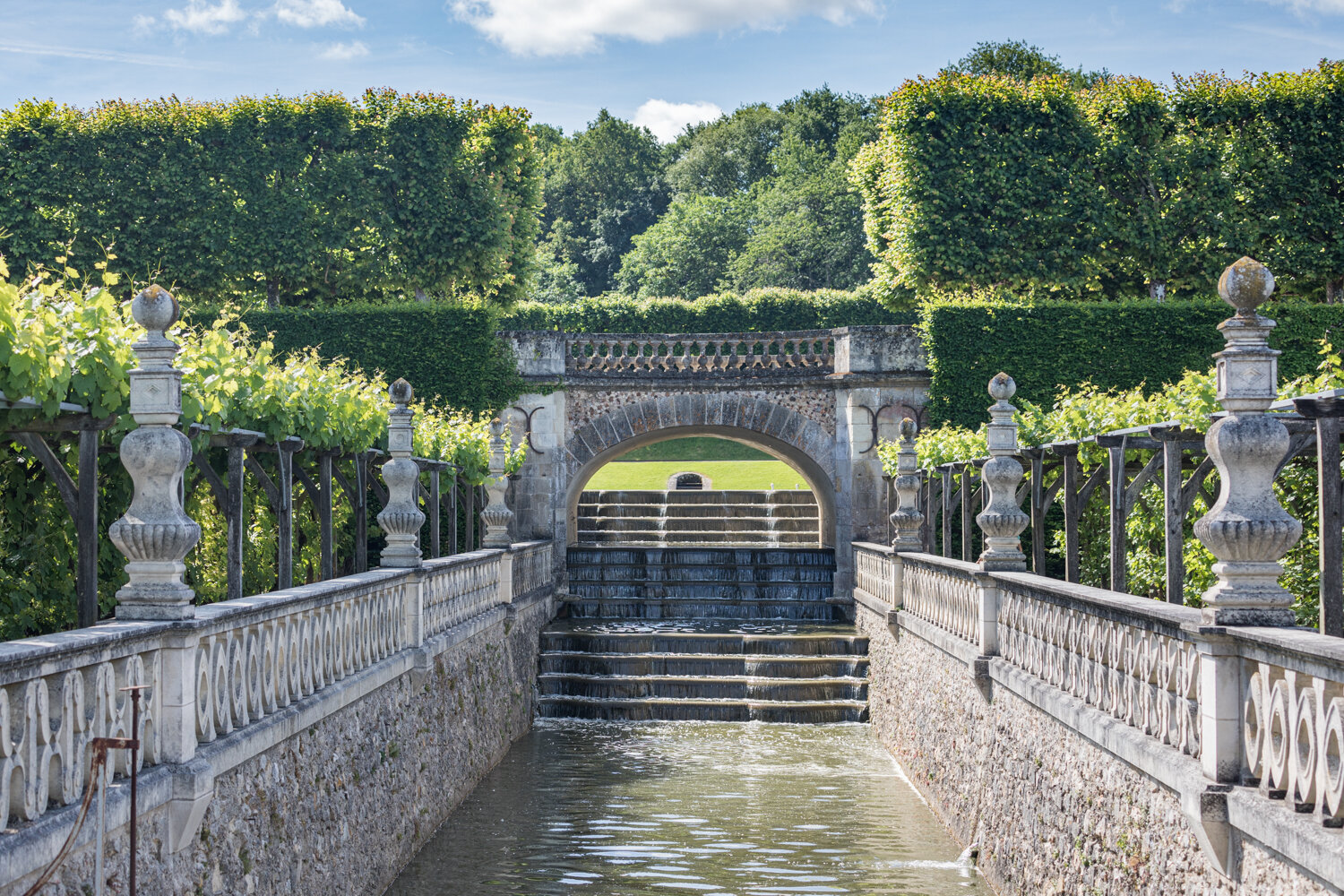
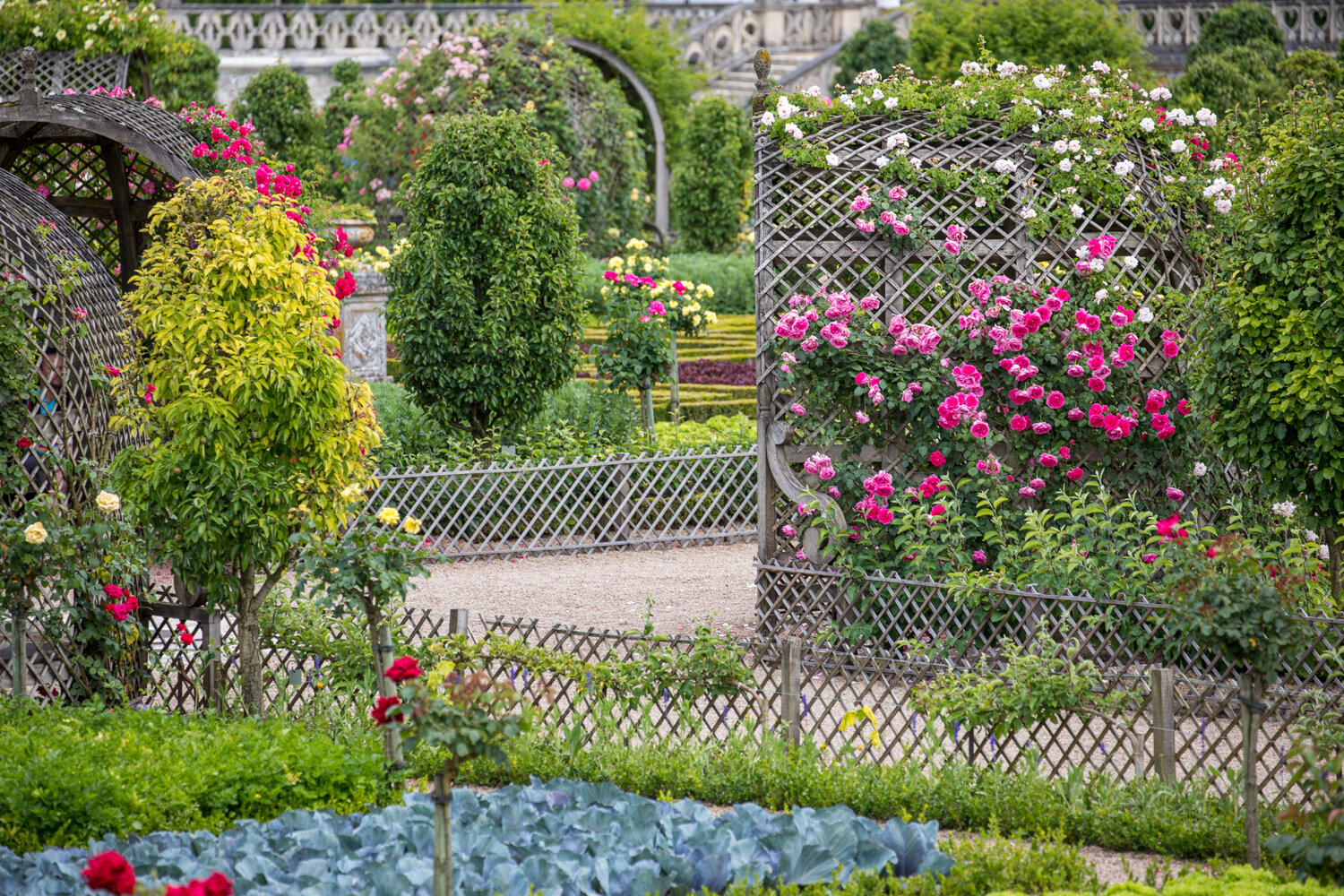
(More information on Villandry Château and Gardens available on their official website: https://www.chateauvillandry.fr/en/)
2
CHATEAU DE CHAUMONT
Dating from the 10th century when the original castle was built by Odo, Count of Blois, the Château de Chaumont stands on a hill overlooking the Loire river. The name “Chaumont” derives from the French chauve mont, meaning “bald hill.”
In 1465, King Louis XI ordered the castle destroyed in retribution for an unsuccessful rebellion by its owner, Pierre d’Ambroise. By 1510 the castle had been rebuilt by the Amboise family. It was later acquired by Catherine de Medici who forced its then owner to exchange it for the Château de Chenonceau (more on this below). After various changes of ownership, the château was donated to the government in 1938. Chaumont has been classified as a Monument Historique since 1840. Today it is a museum and hosts an annual garden festival from April to October where contemporary garden designers display their work.
View of the Château de Chaumont and the village below, seen from across the Loire river.
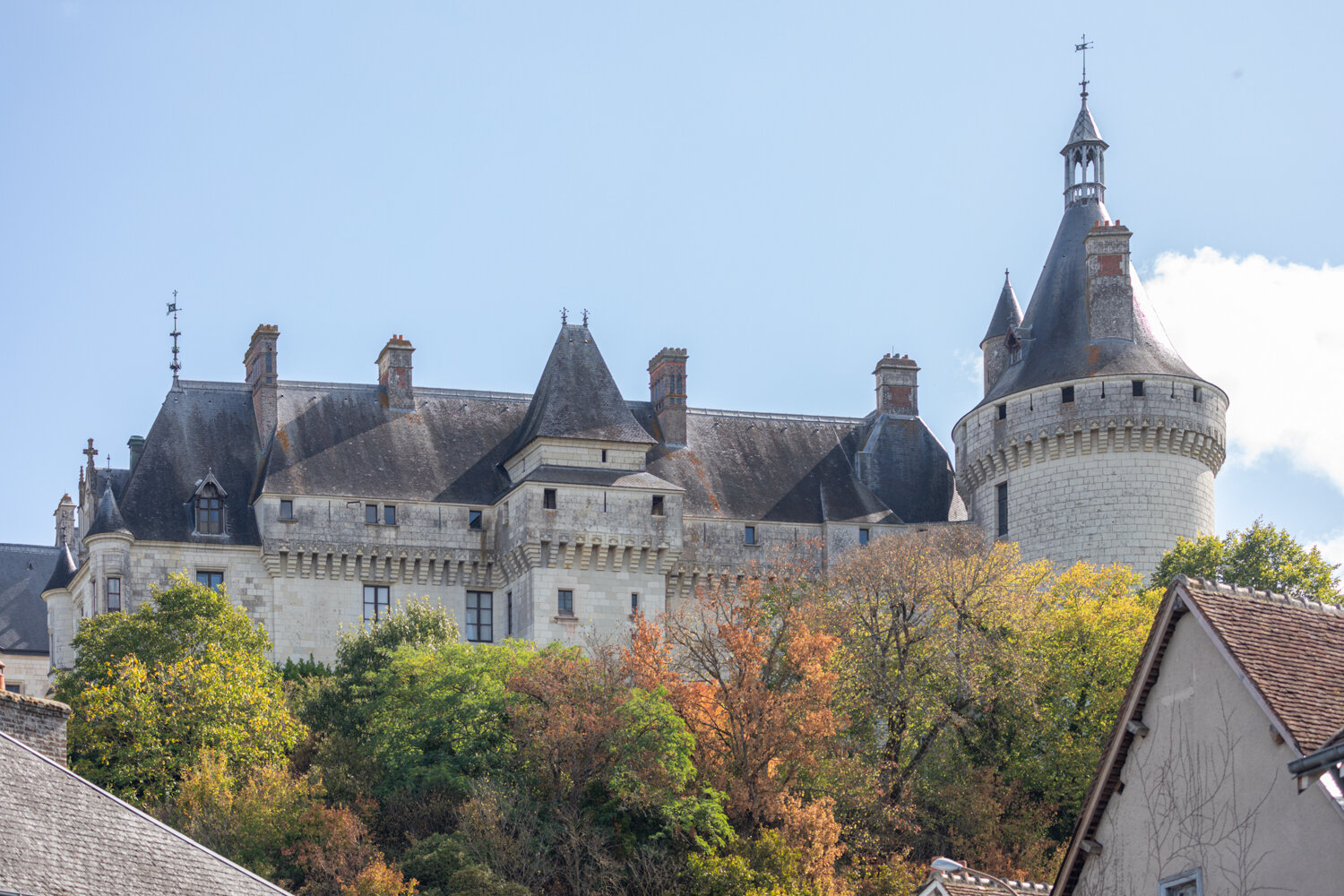

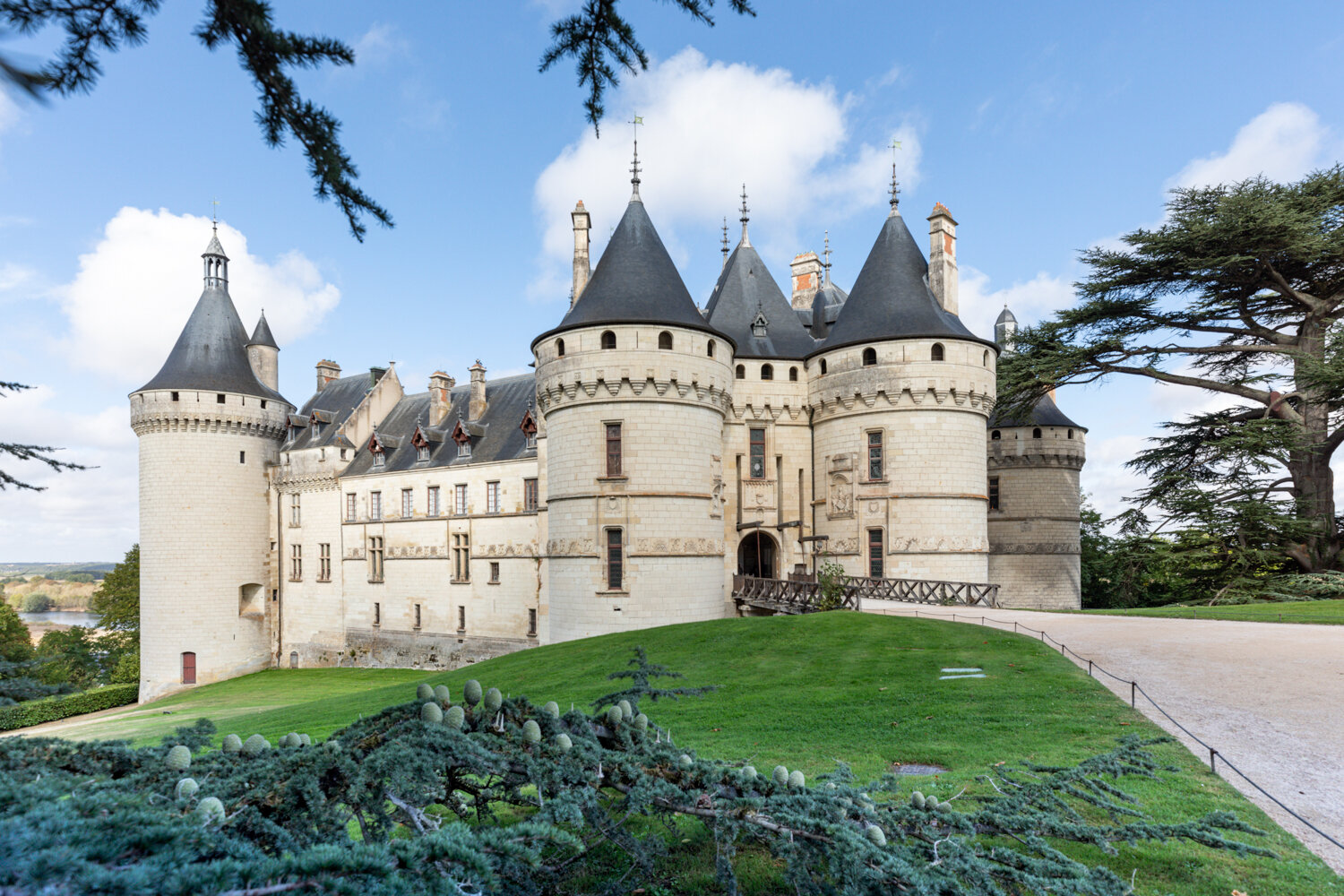
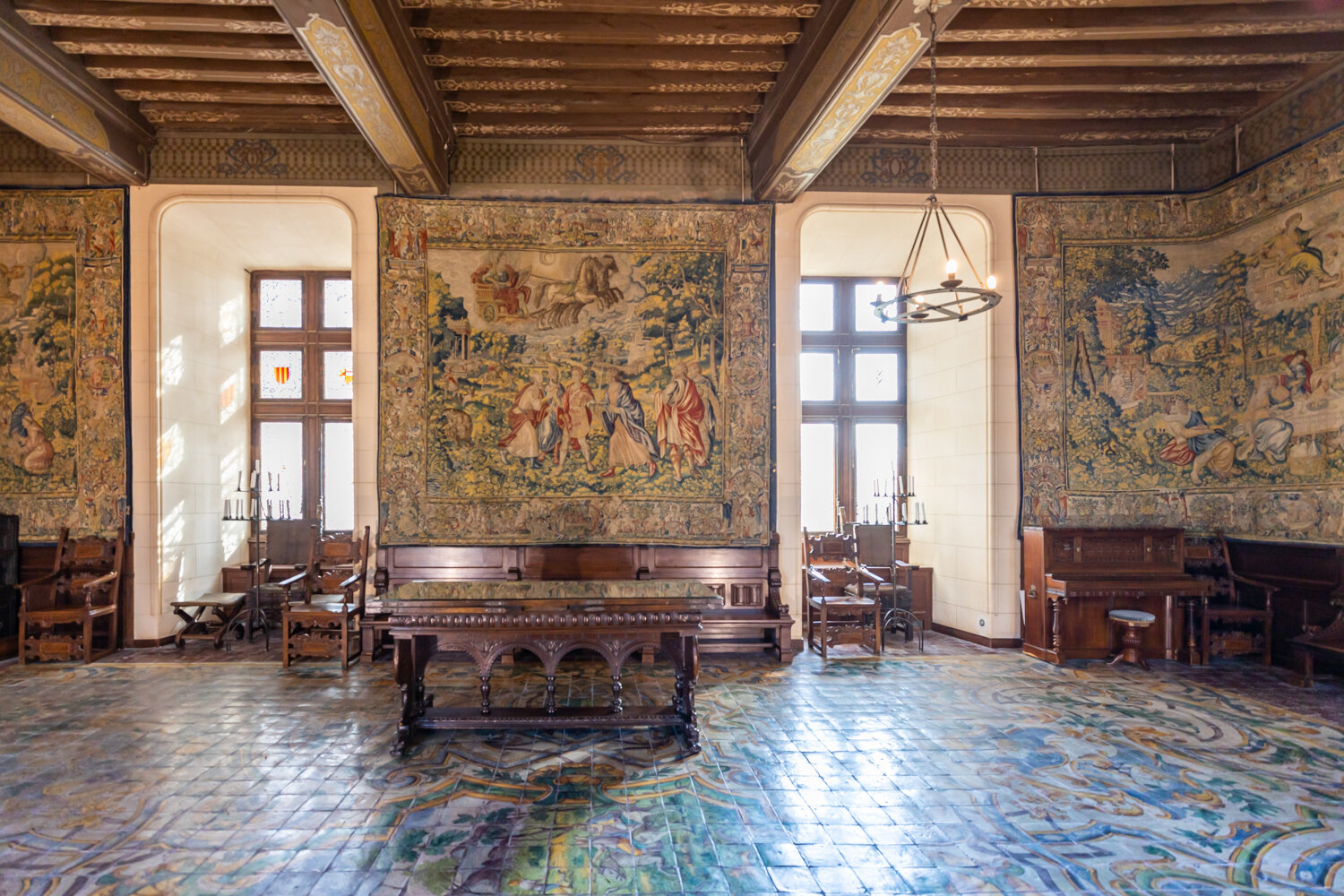
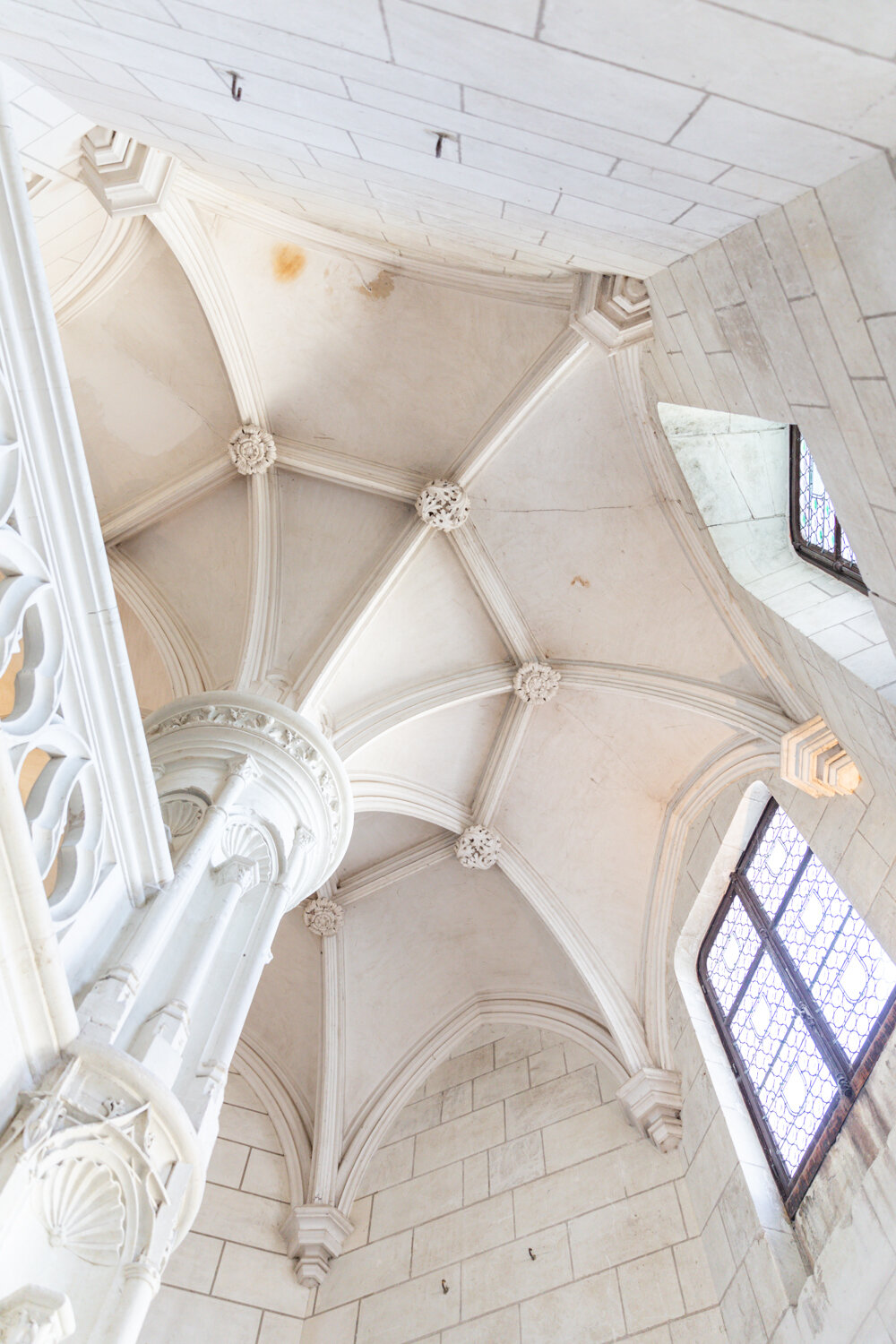
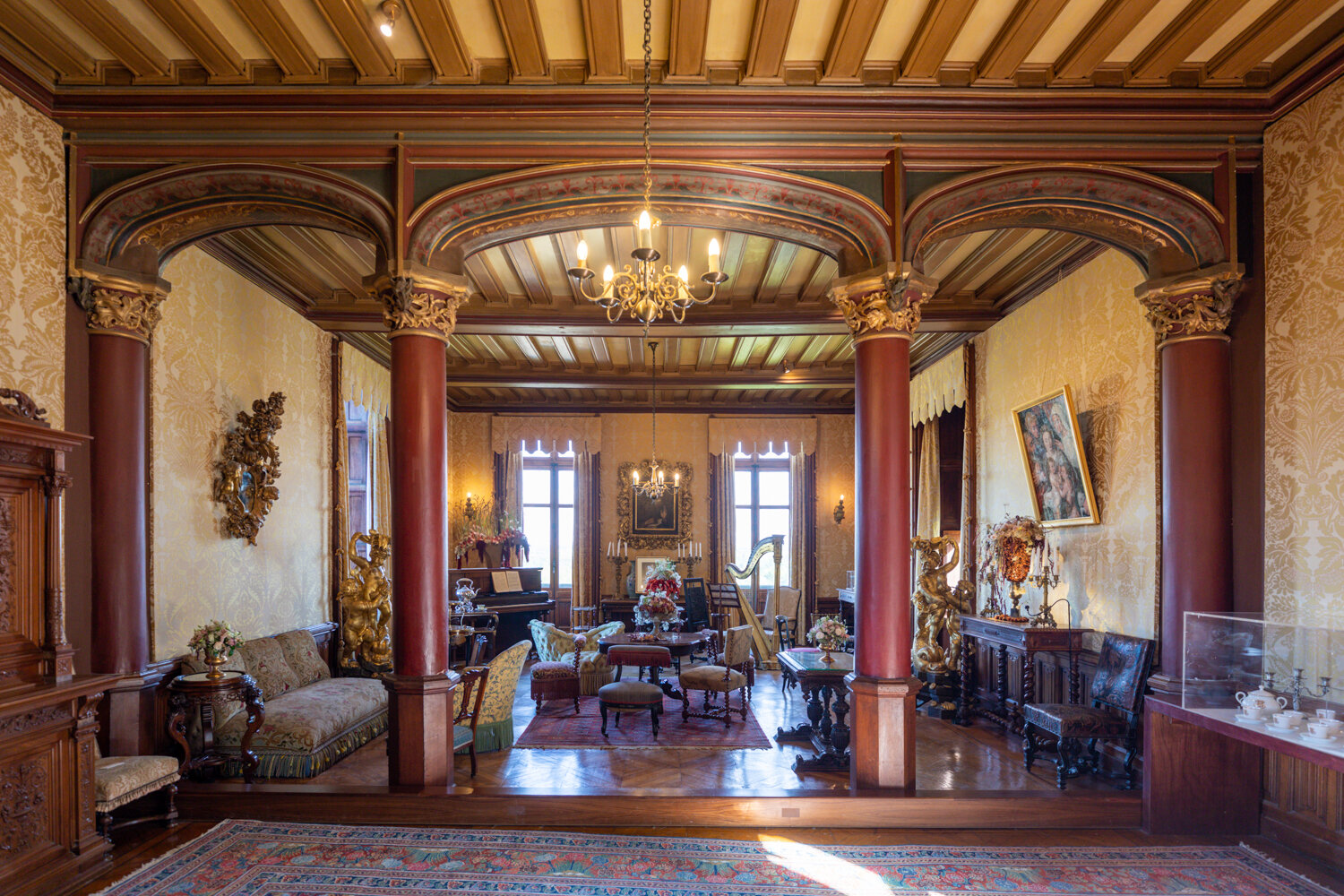
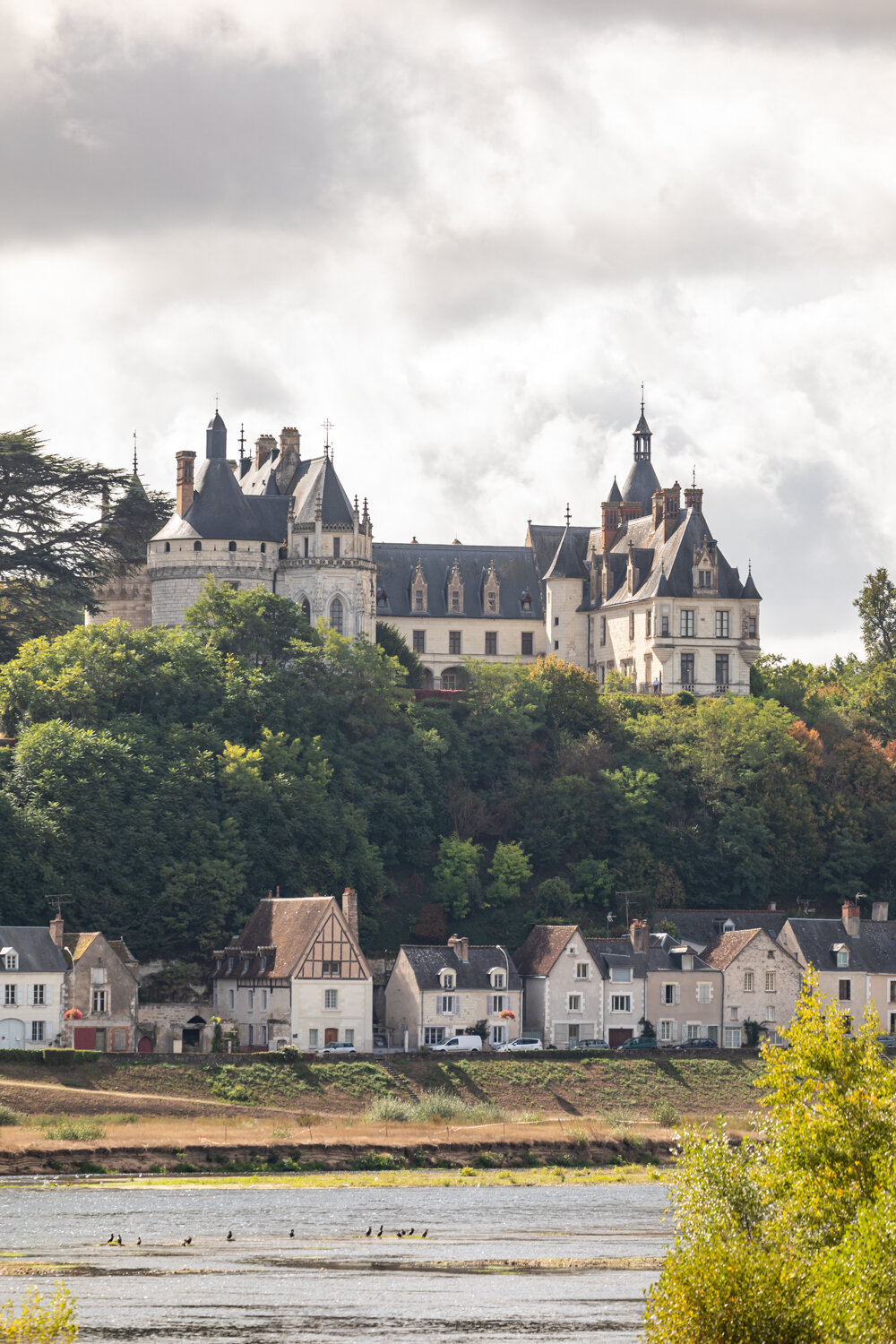
(More information on Château de Chaumont here: http://www.domaine-chaumont.fr/en/)
3
CHATEAU DE CHENONCEAU
The Château de Chenonceau spans the river Cher in the Loire Valley. It is the most visited château in France (not including Versailles which receives more visitors annually but is a palace rather than a château).
The Chenonceau estate dates from the 11th century. The current château was constructed between 1514 and 1522; the bridge across the river was completed in 1559 and by 1576 the gallery on the bridge had been added.
After a very rocky history of ownership, including seizure by the Crown for unpaid debts in the 1600s, and virtual confiscation by Catherine de Medici, who spent a great deal of money and effort on its buildings and gardens to create her favorite residence, the château eventually became the property of the Menier family, famous for their chocolates, who still own it today.
In 1951, after it had been occupied by the Germans and bombed by the Allies in WWII, the château was restored to its former glory.
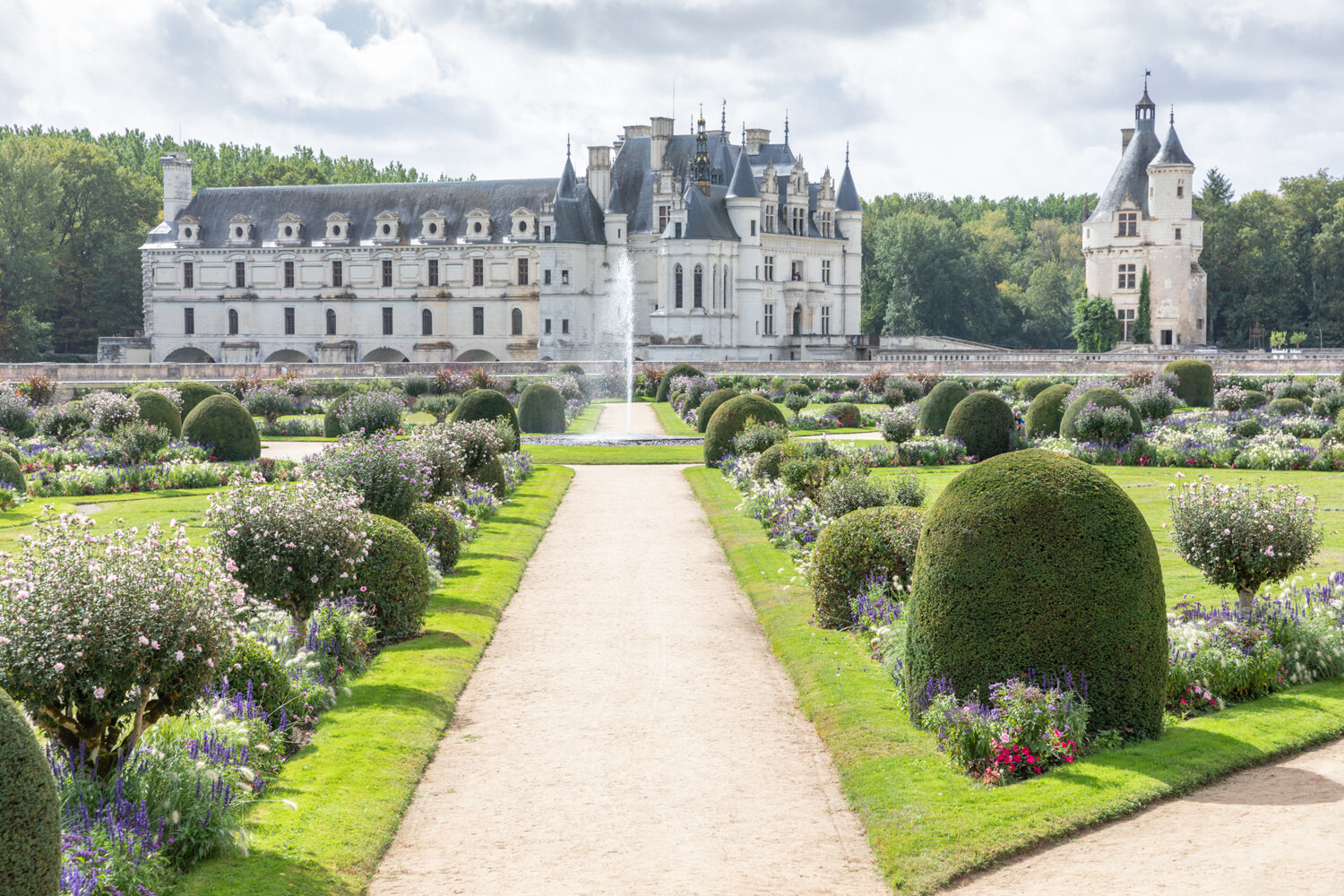
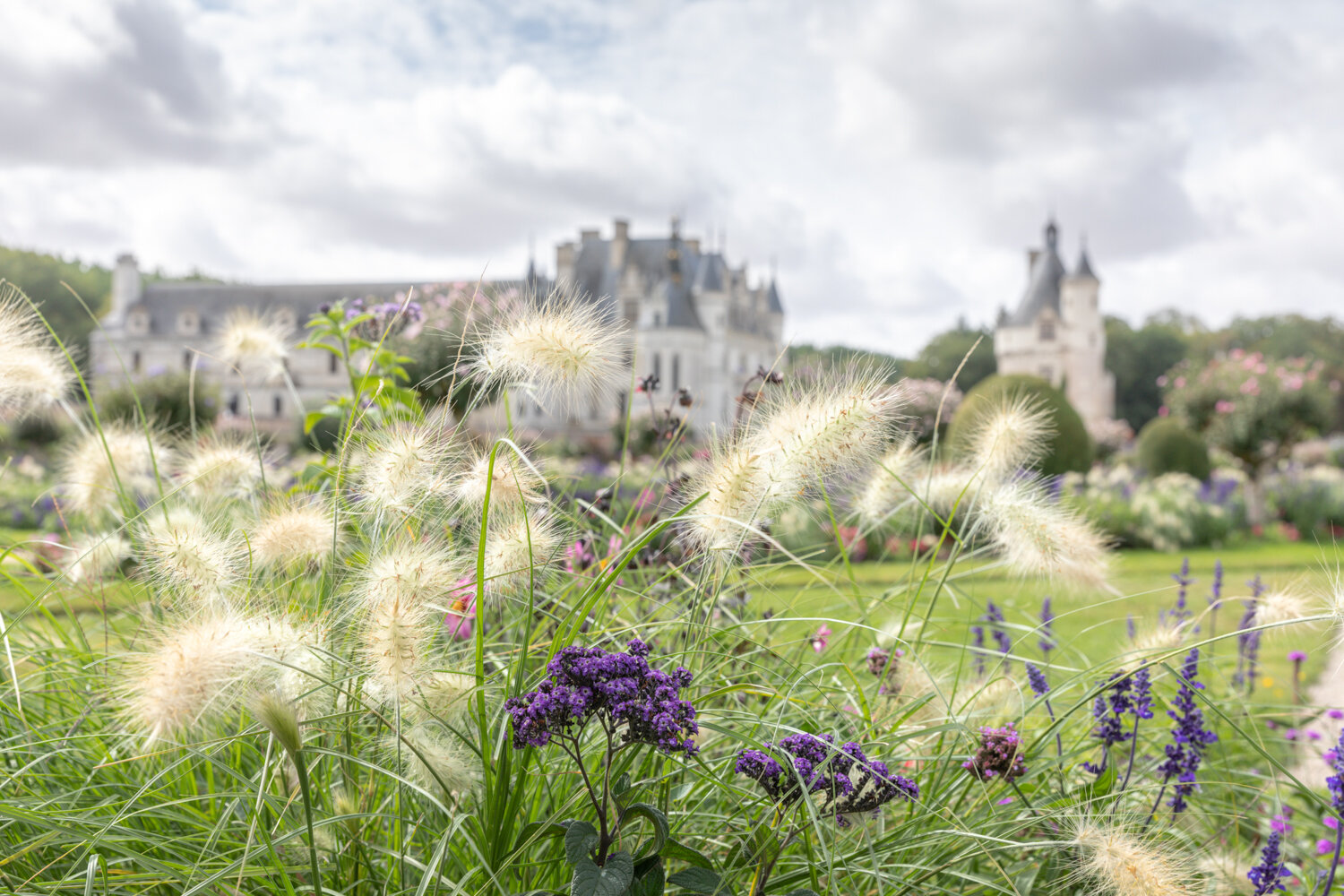
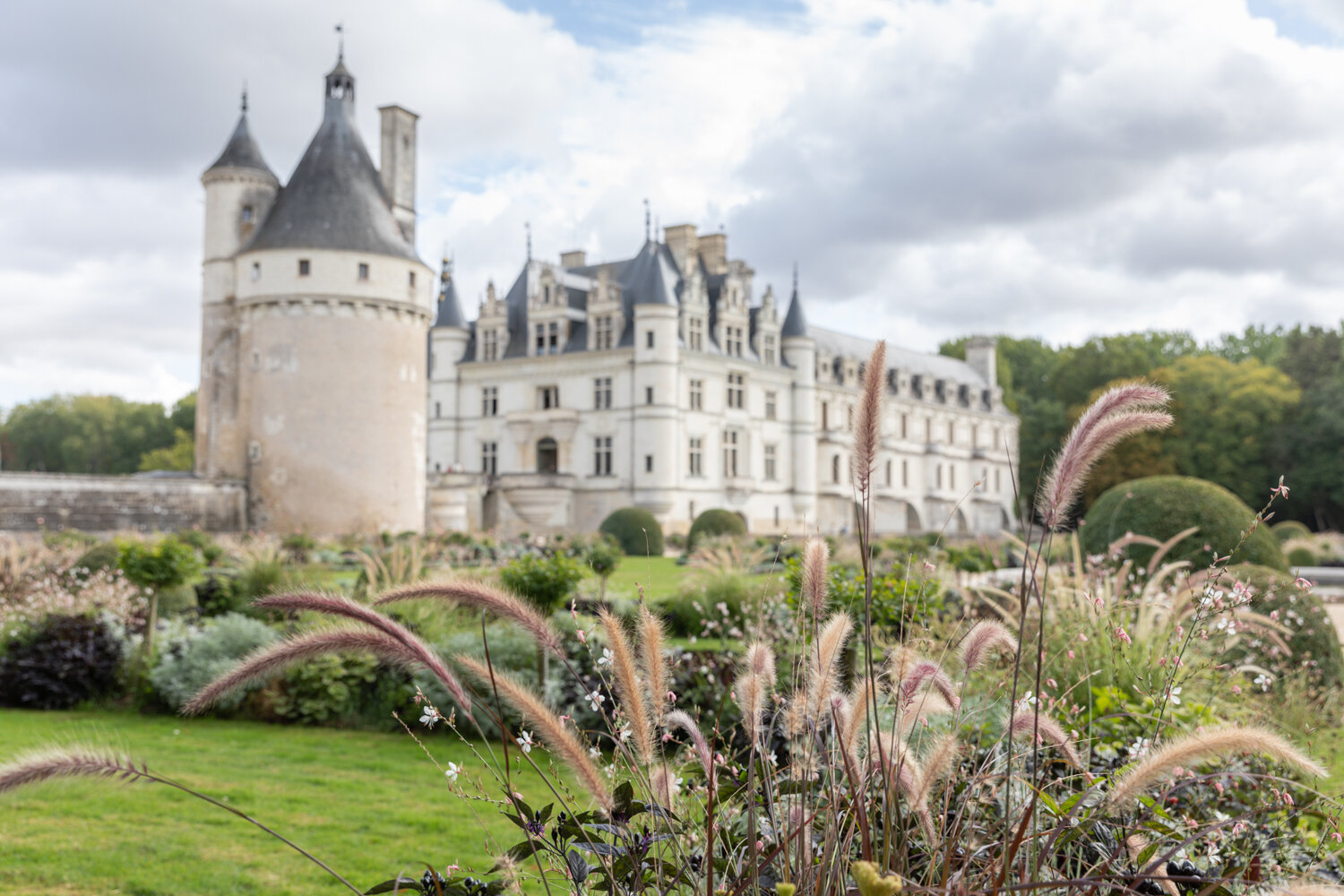
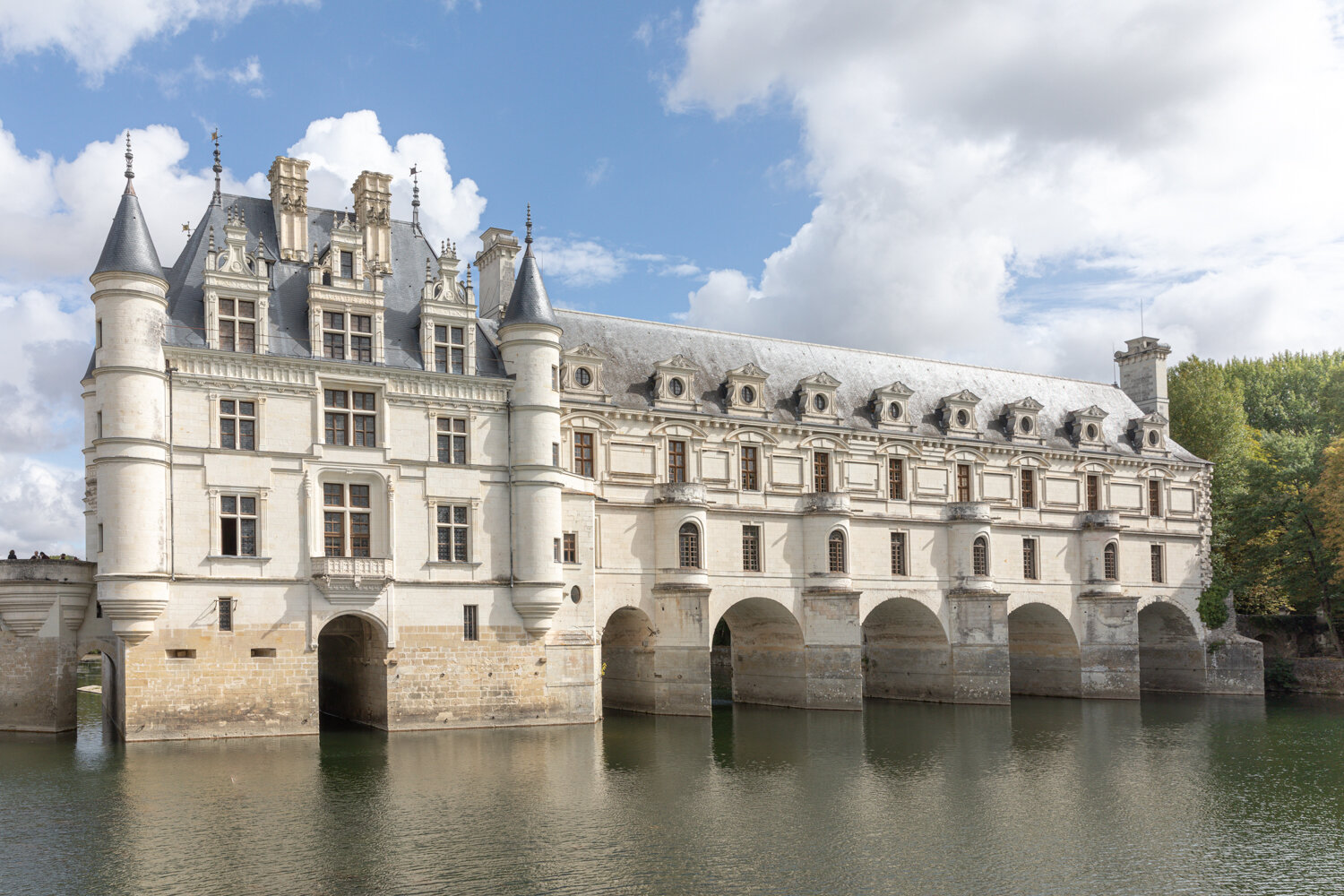
(You can visit the Château de Chenonceau website here https://www.chenonceau.com/en/)
4
CHATEAU DE CHAMBORD
The Château de Chambord is the largest château in the Loire Valley. It was built as a royal hunting lodge by King Francis I between 1519 and 1547 but was never finished. The moat and all the fortifications are for decoration only, since the château was never intended for defense.
Despite its enormous size, the château was never permanently lived in after it was built but was used for short visits and stays for up to 2,000 people at a time. The visitors would bring in furniture and furnishings with them, as well as food, drink and supplies. Following the Royal visit (for hunting or important receptions), all would leave again. The château sat empty and uncared for throughout much of its existence.
One of the most distinctive features of the Château de Chambord’s Renaissance architecture is the roof with its bewildering array of chimneys and towers, resembling a city skyline more than the top of a building.
Chambord has been owned by the French State since 1930 and is open to the public. In 2007 the château received some 700,000 visitors. There is a luxury hotel on the grounds, the Relais de Chambord, with a 2-star Michelin restaurant, Le Grand Saint-Michel.
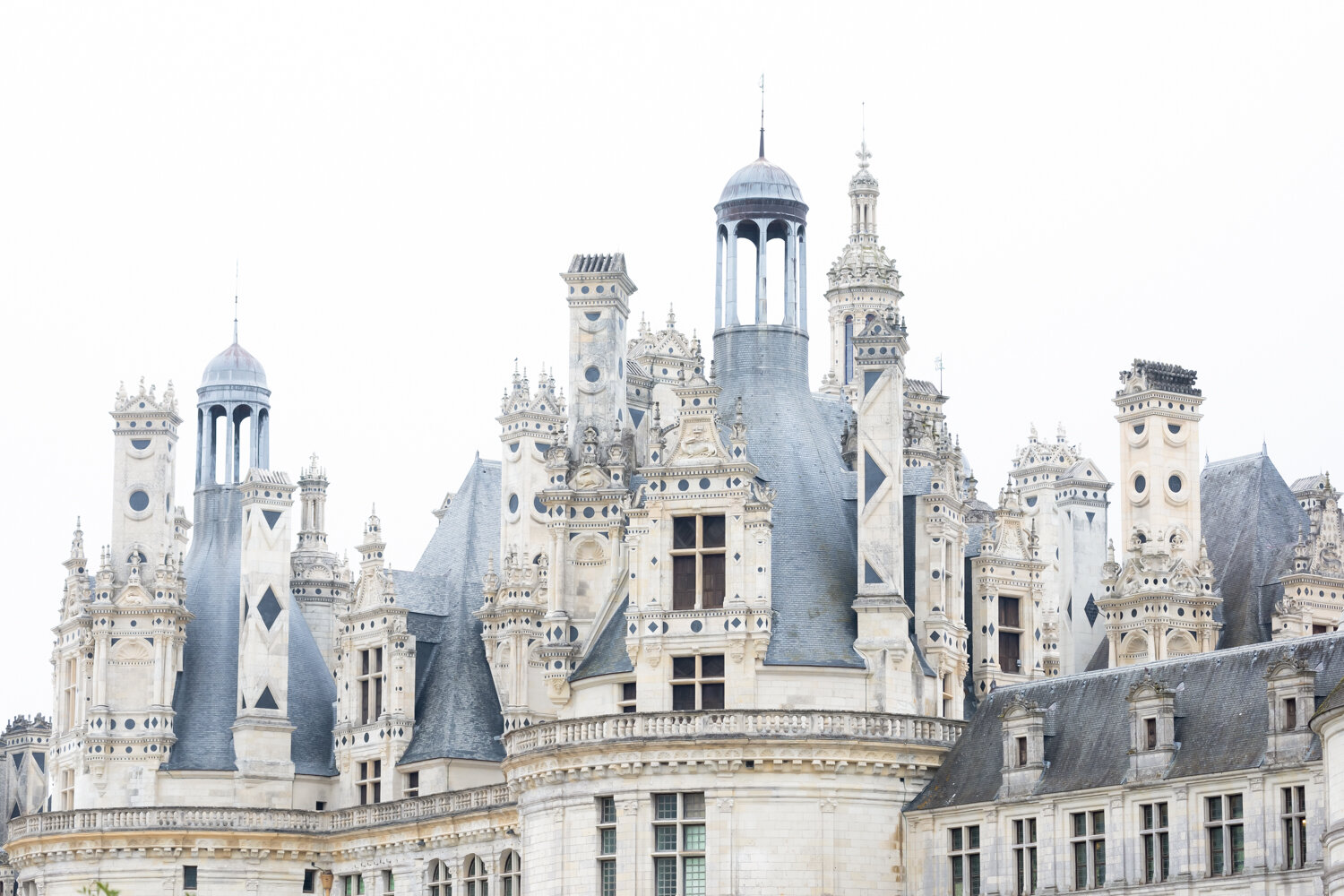
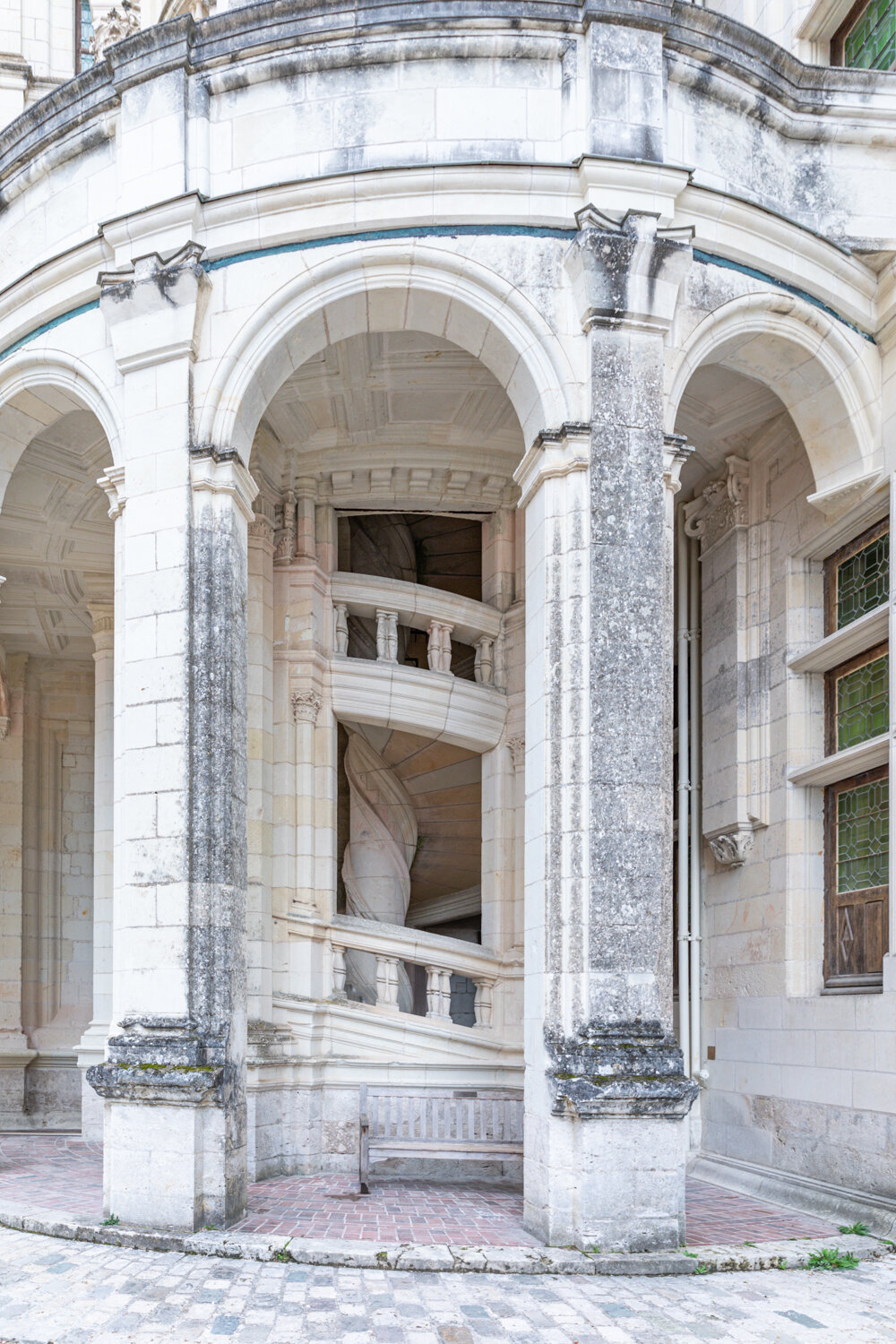
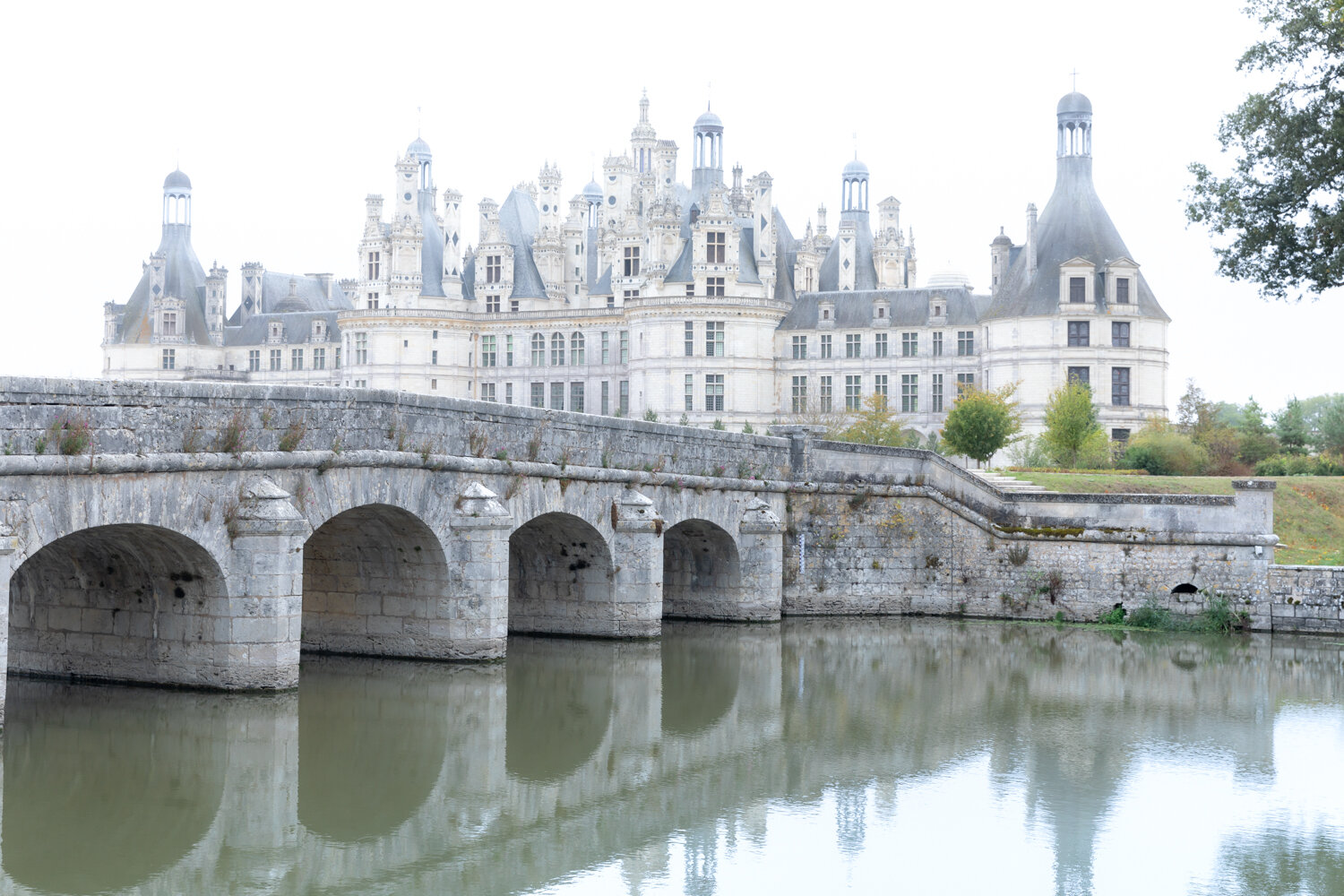
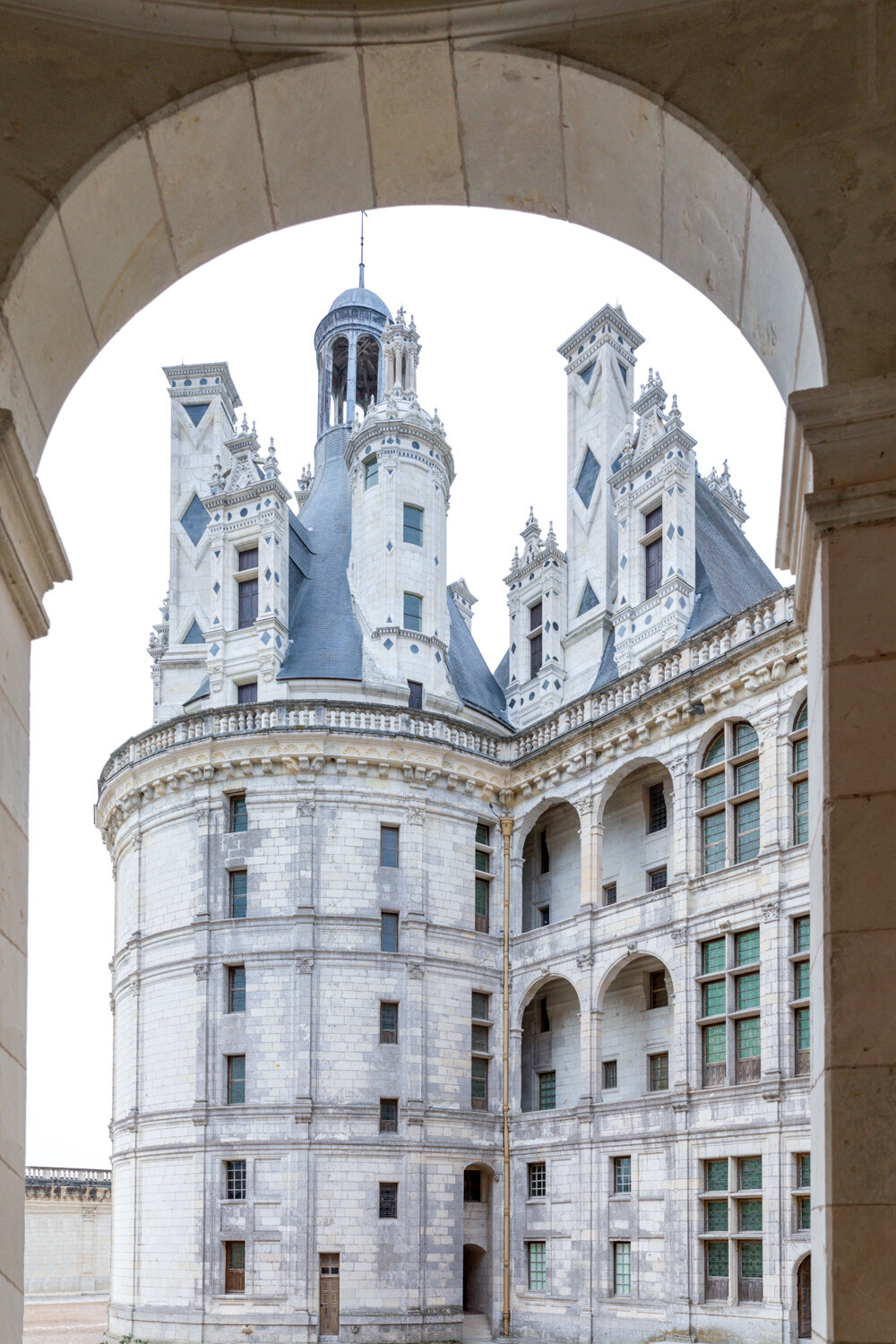
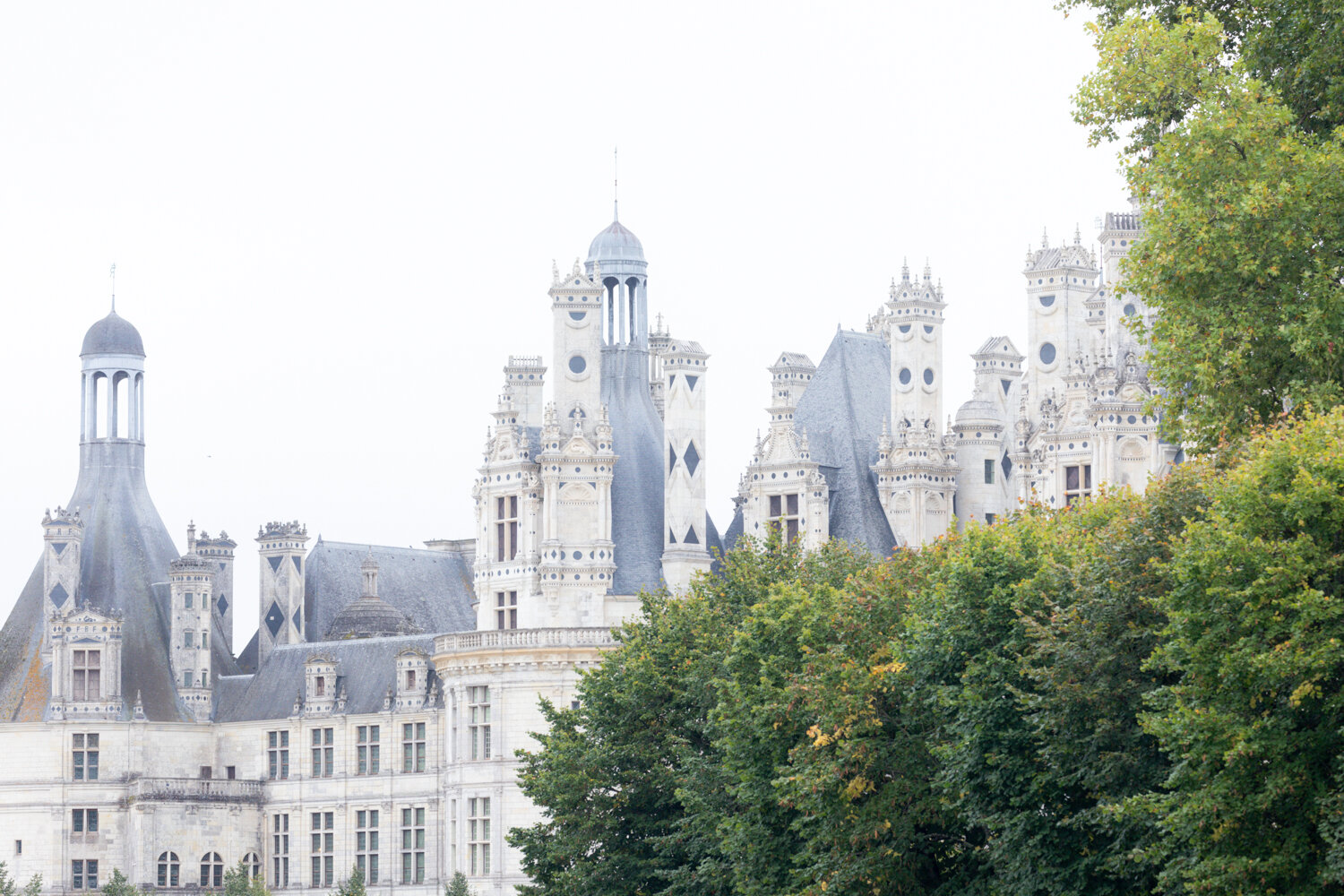

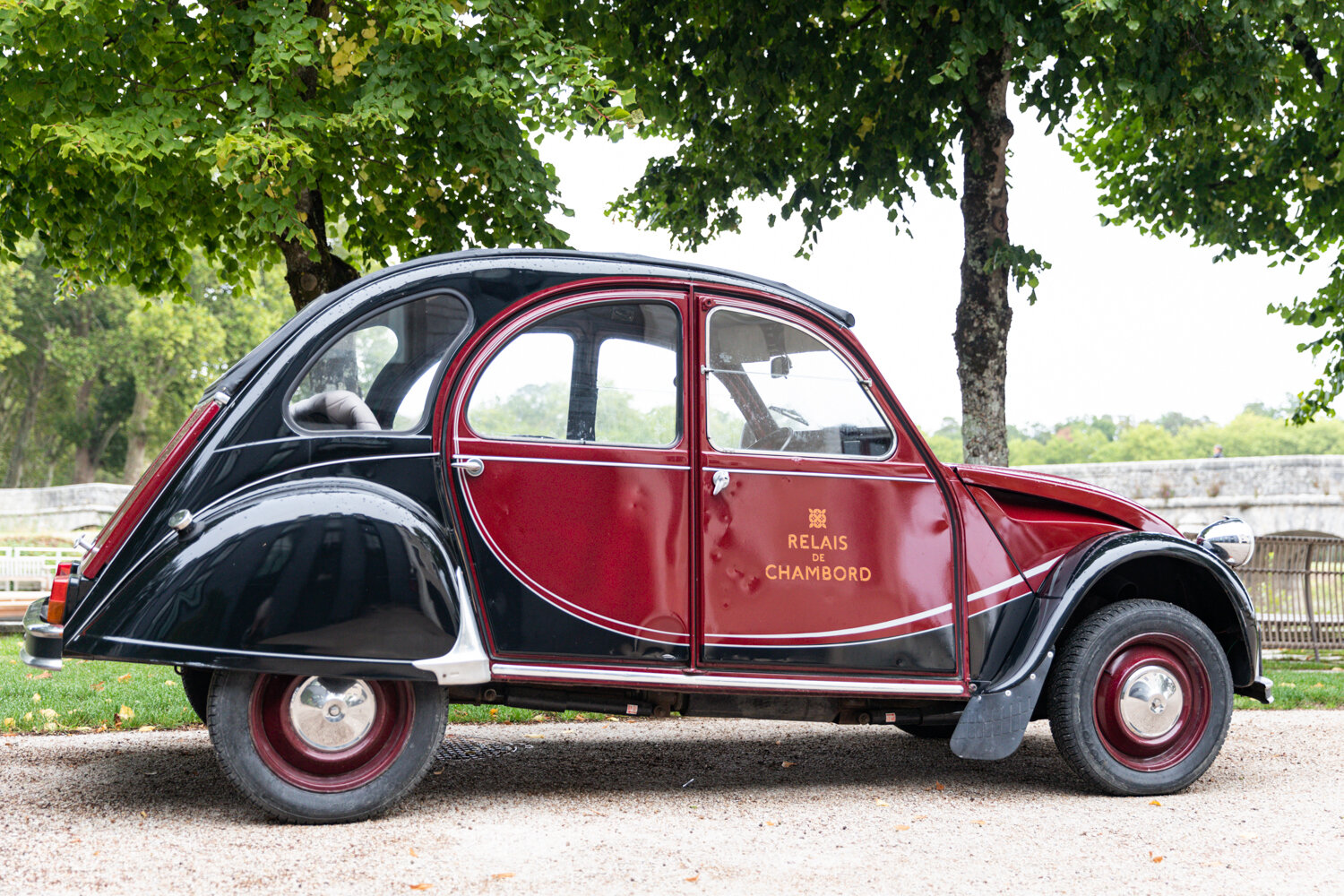
(More information on the Château de Chambord at their official website here https://www.chambord.org/en/)
5
CHATEAU D’AZAY-LE-RIDEAU
Very recently renovated, the Château d’Azay-le-Rideau, situated in a town of the same name on an island in the middle of the Indre river, was originally built as a fortress in the 12th century to protect the road from Tours to Chinon. Today it is one of the most popular châteaux in the Loire Valley.
The 12th century castle was burned to the ground by Charles VII, then the Dauphin (heir apparent to the French crown) . Fleeing the Burgundian-occupied Paris to the Armagnac stronghold of Bourges, he was angered by the taunts of the Burgundian troops occupying Azay-le-Rideau. He ordered his men to storm the castle, execute all the defending soldiers and burn the structure to the ground. For a century after this the town’s name was Azay-le-Brulé, meaning “Azay-the-burned” before reverting to the original name. The château remained in ruins until 1518 when it was partially rebuilt, though never finished. One of the château’s outstanding features is its central stone staircase with its unusual decorative ceiling.
After changing hands several times, the château was purchased by the French State in 1905 and remains one of the many national monuments protected by the Centre des Monuments Nationaux, open to the public.
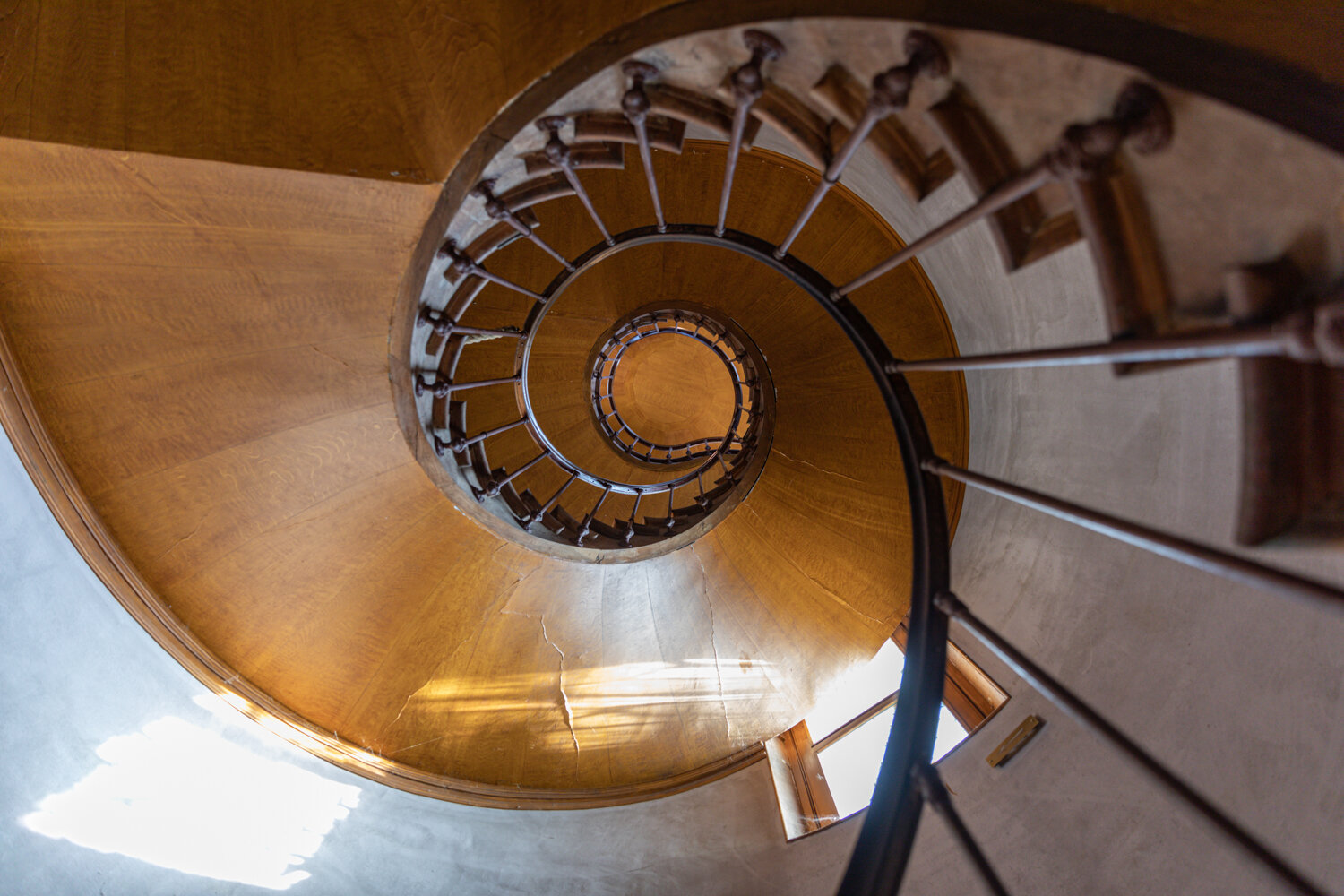

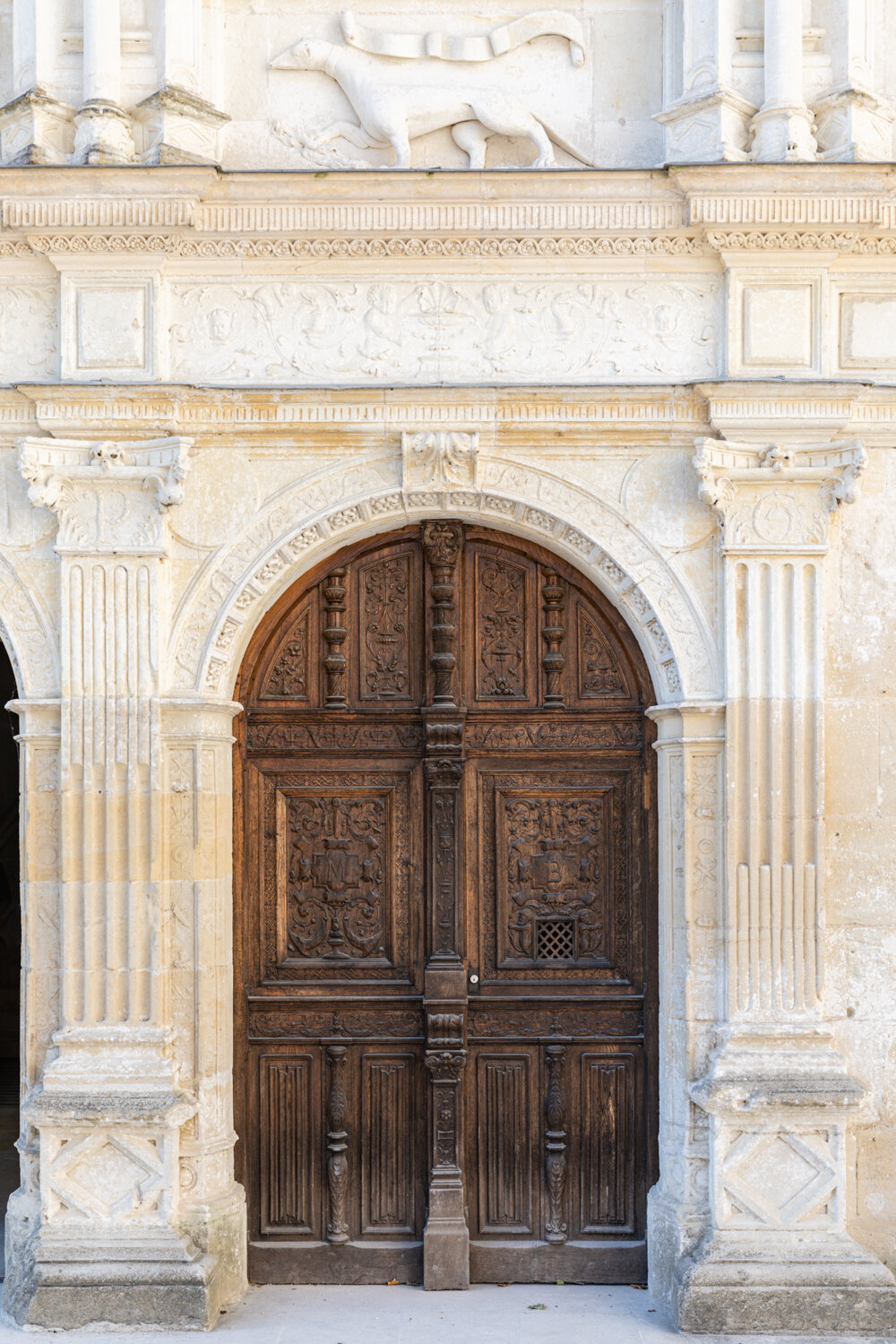
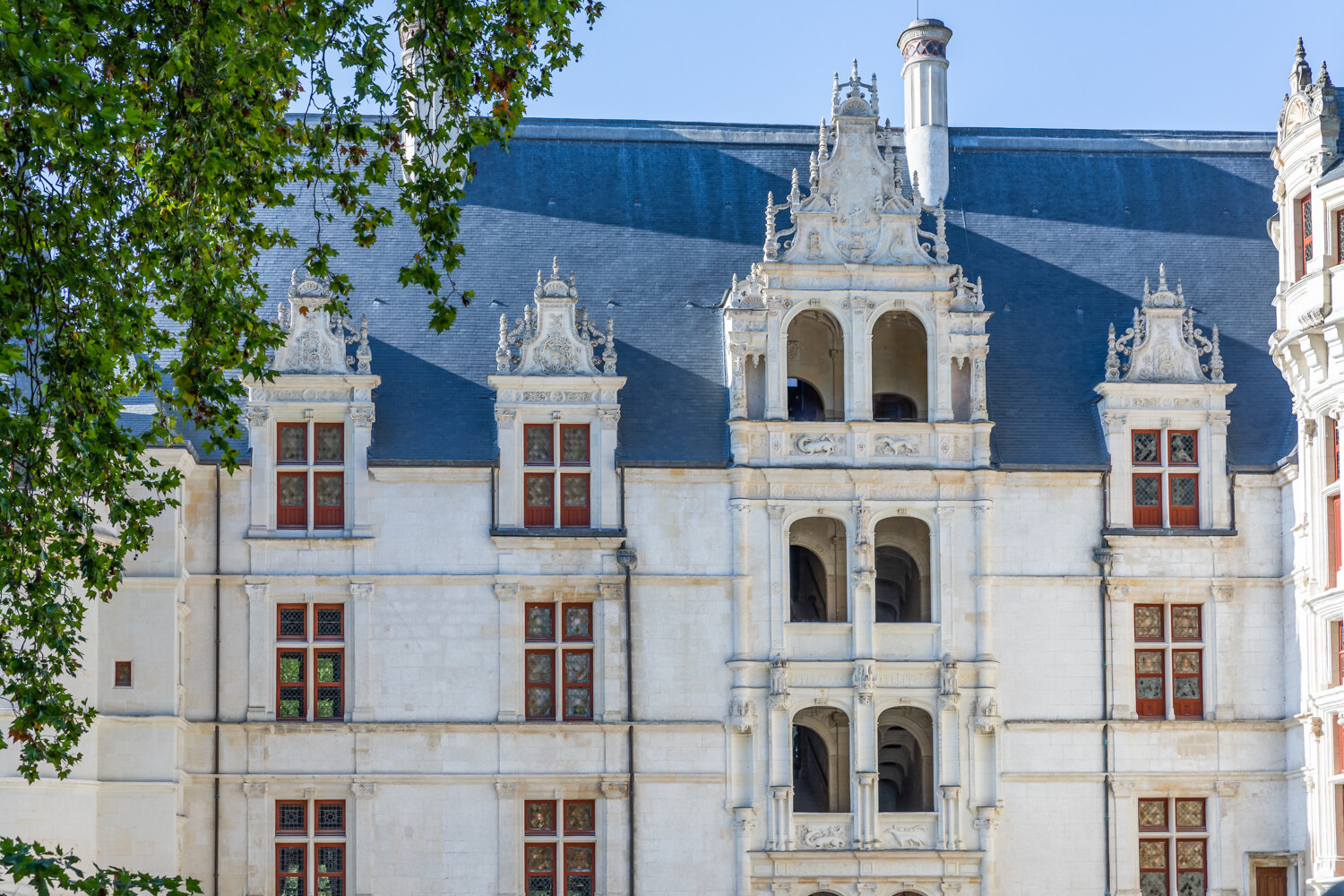
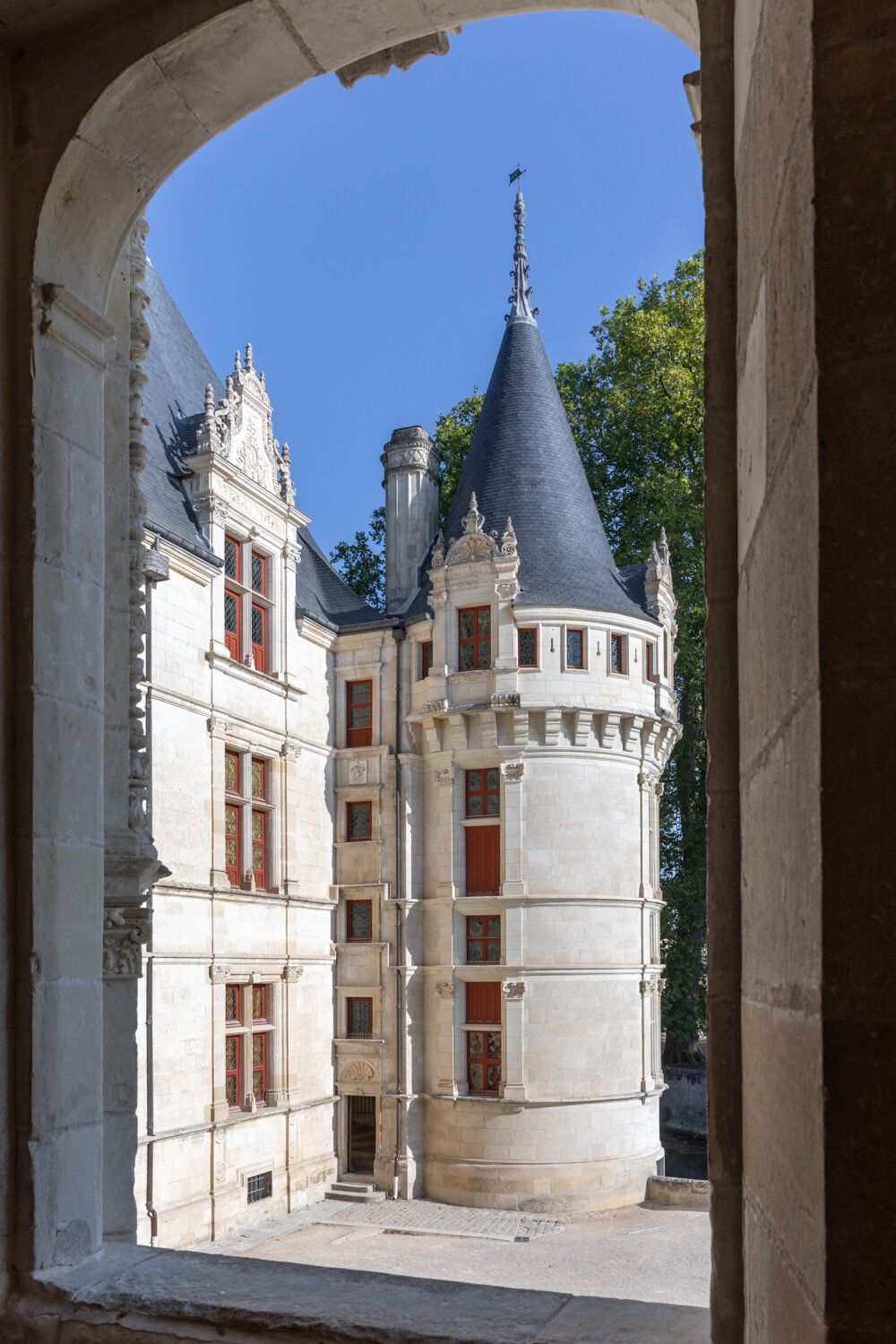
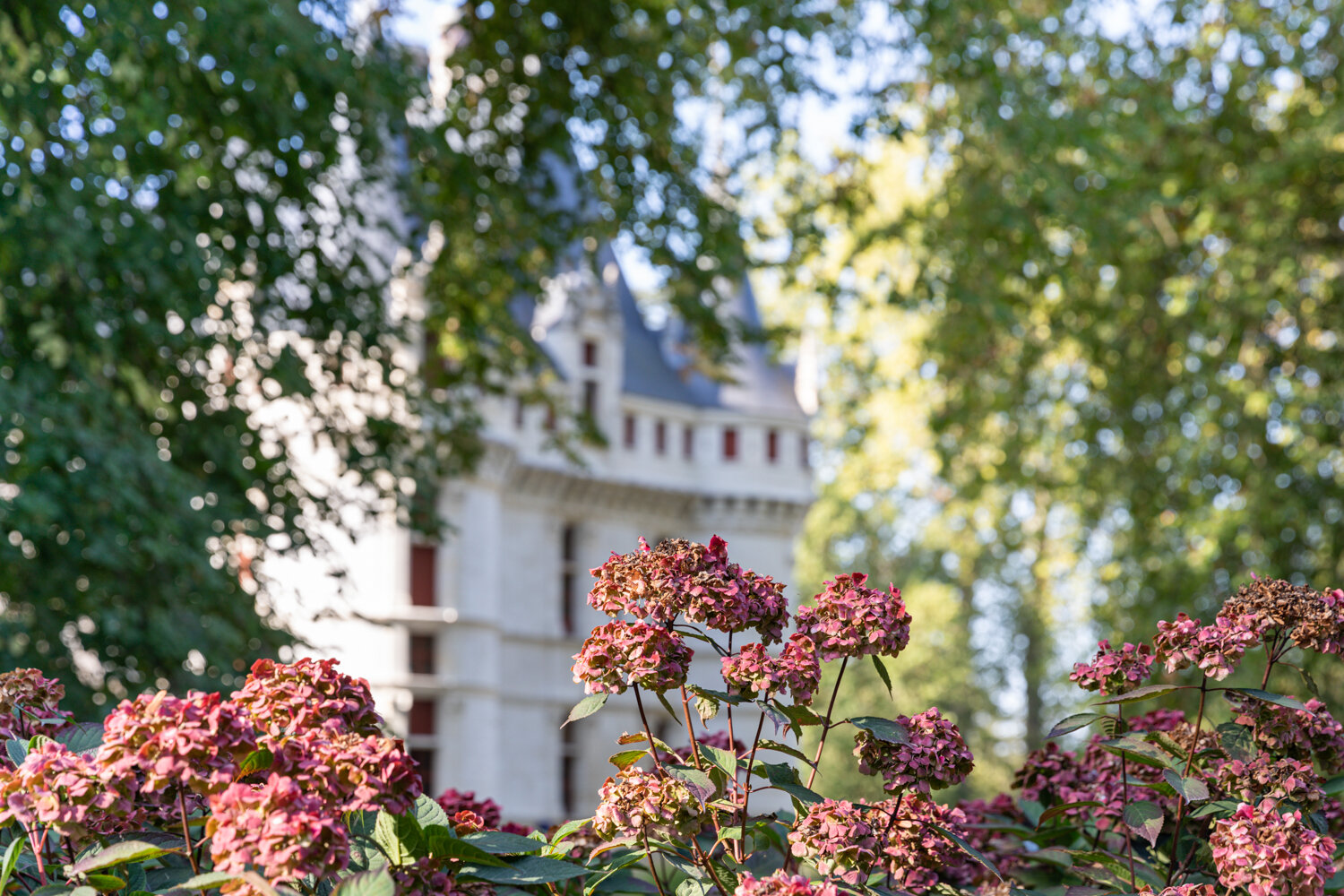
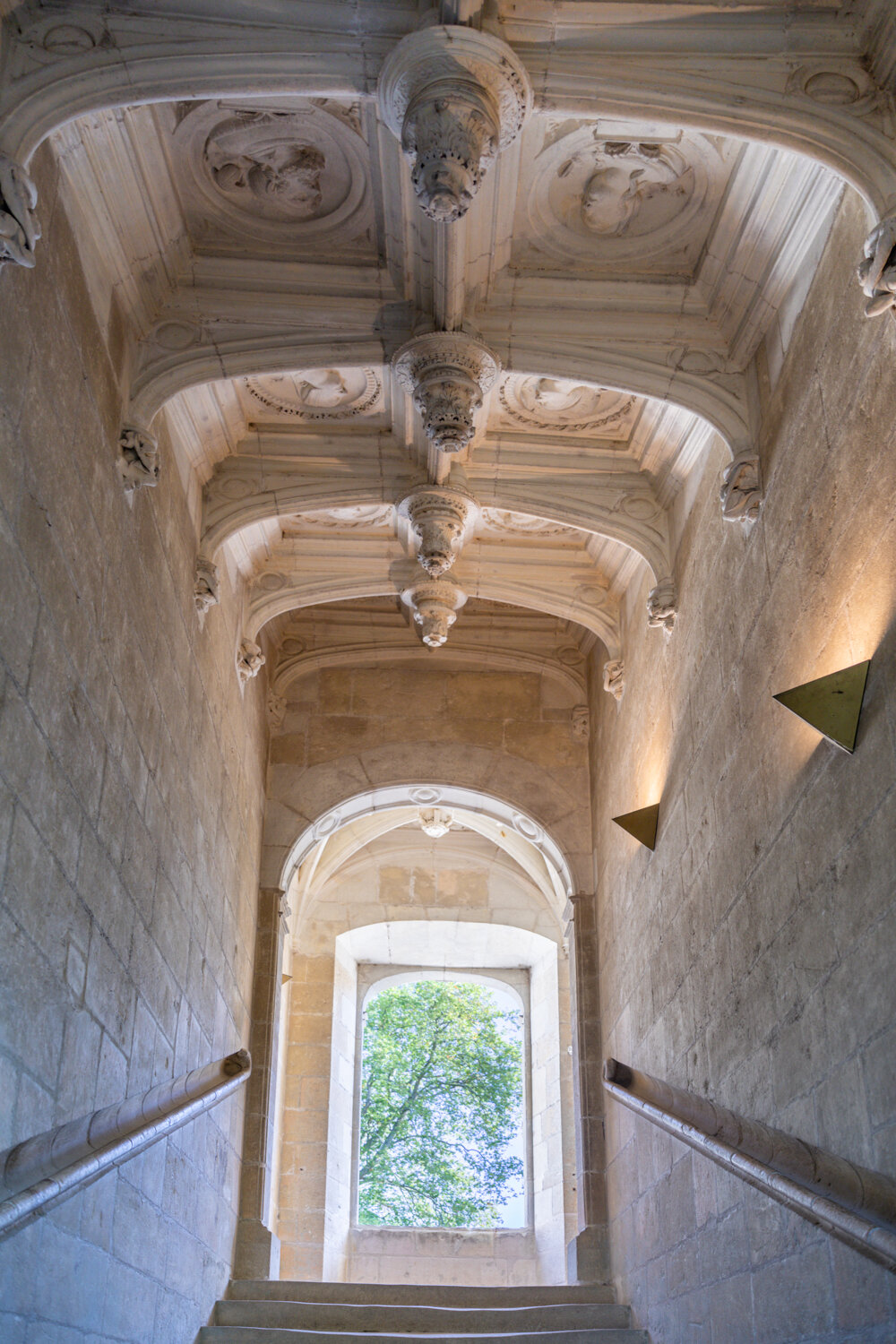
(More information about Château d’Azay-le-Rideau available here http://www.azay-le-rideau.fr)
We hope you have enjoyed this brief glimpse at some of the most beautiful and popular châteaux of the Loire Valley. Each one makes an enjoyable day trip from Paris. But it is perhaps more worthwhile to stay in the area for a few days and visit these and many more châteaux. There are smaller châteaux which operate as hotels or bed and breakfasts, and we highly recommend that you stay in one of these for a few days and explore the area. It is a window on French history and on another world. We have stayed in several châteaux around France, but two that are within the area covered in this blog post that we can highly recommend are the Château du Grand Bouchet and the Château de Chambiers.
CHATEAU FINE ART PRINTS
We feel that images of these châteaux are perfect for framing and hanging, if you would like to add some beautiful French decor to your walls. Several of the images in this blog post are already in the Parisian Moments online shop, available as prints or canvases. The four images above are available as a discounted set as well as individual prints. But there are several others as well. You can see them here. And if you would like prints or canvases of images in the blog post that you do not find in the shop, please contact us with your requirements.
Thanks very much for reading our blog post. We would love you to leave a comment, share your own experiences with regard to French châteaux or ask us any questions you may have. We answer all comments promptly.
And please share this blog post with your friends.
À bientôt!
Georgianna and David
